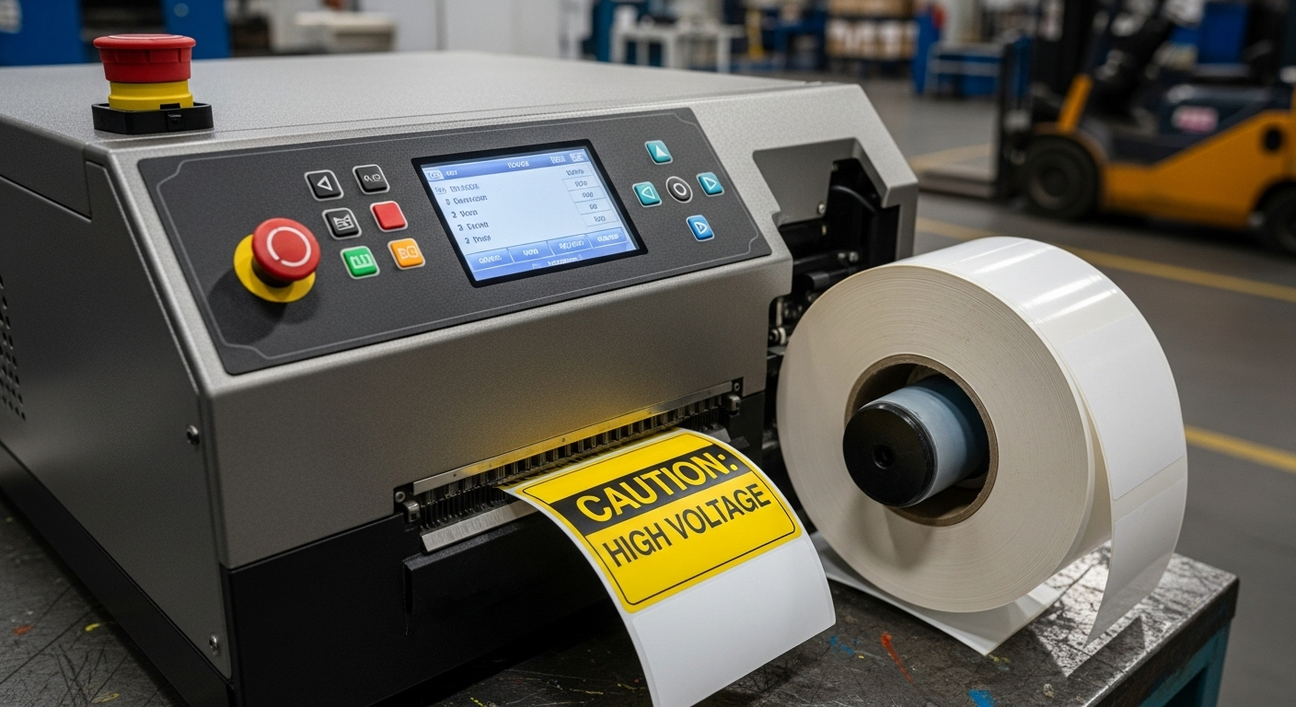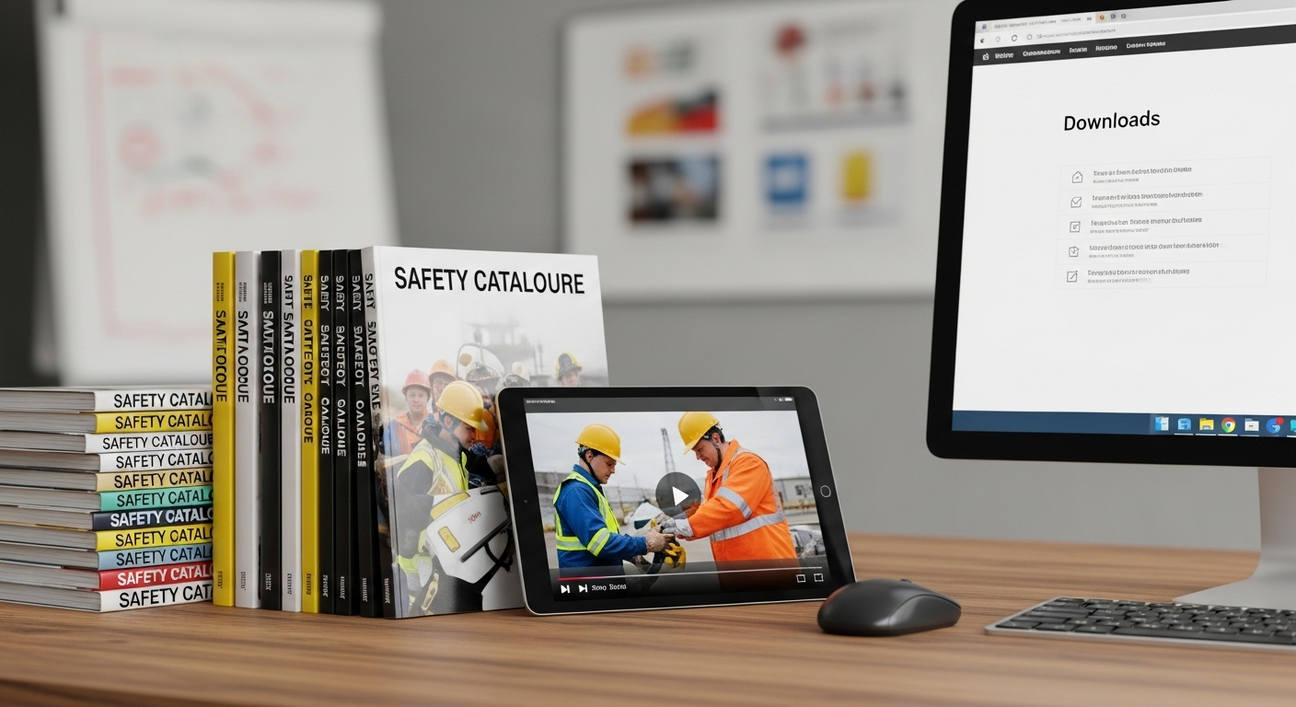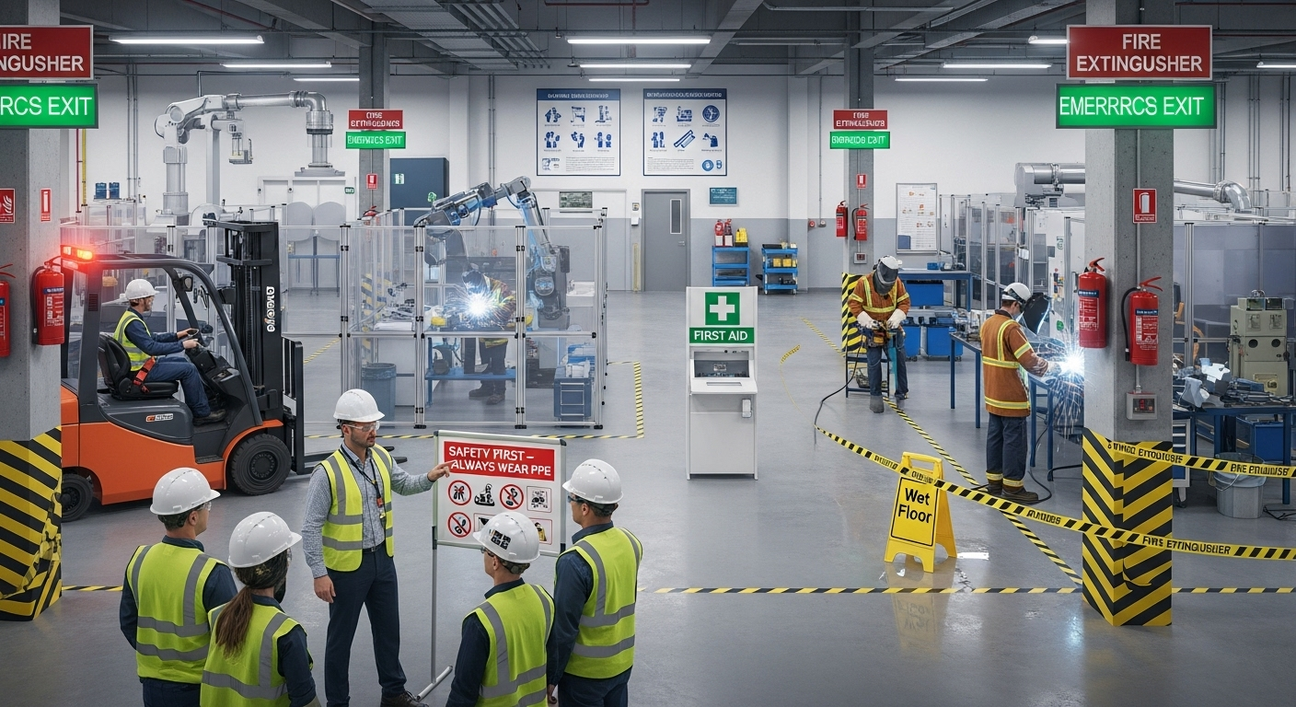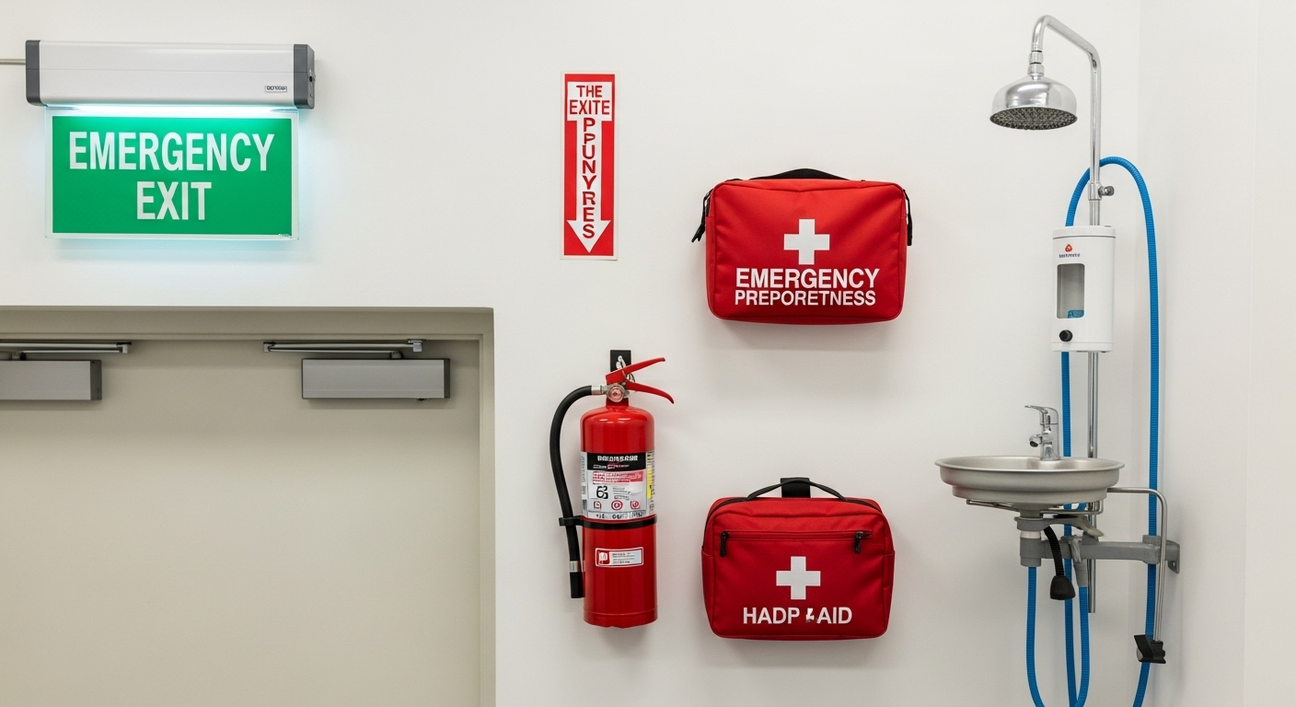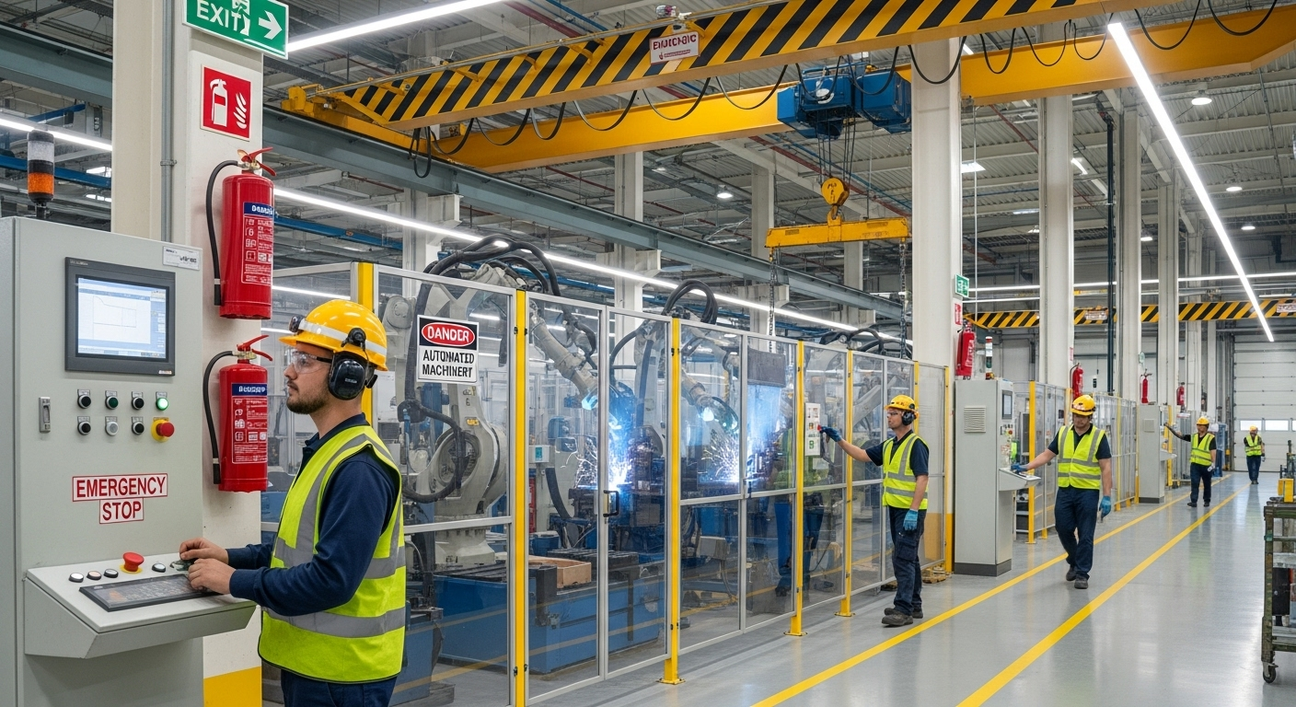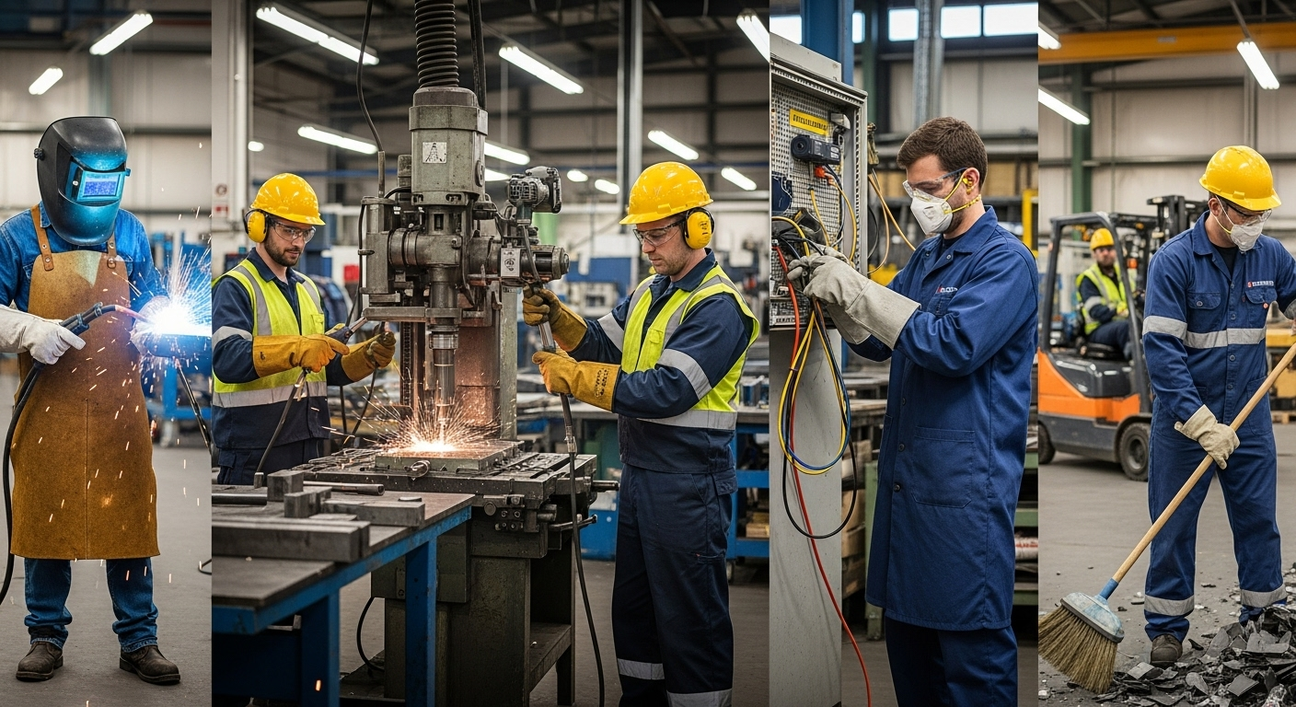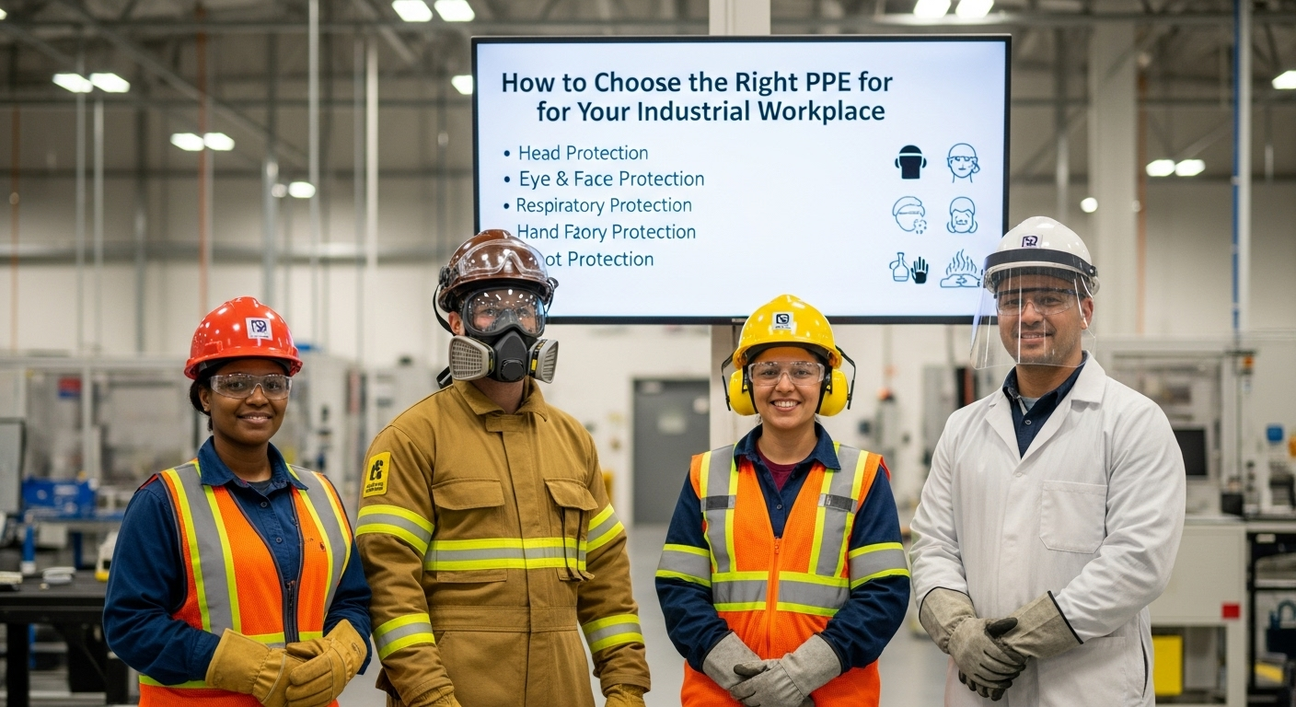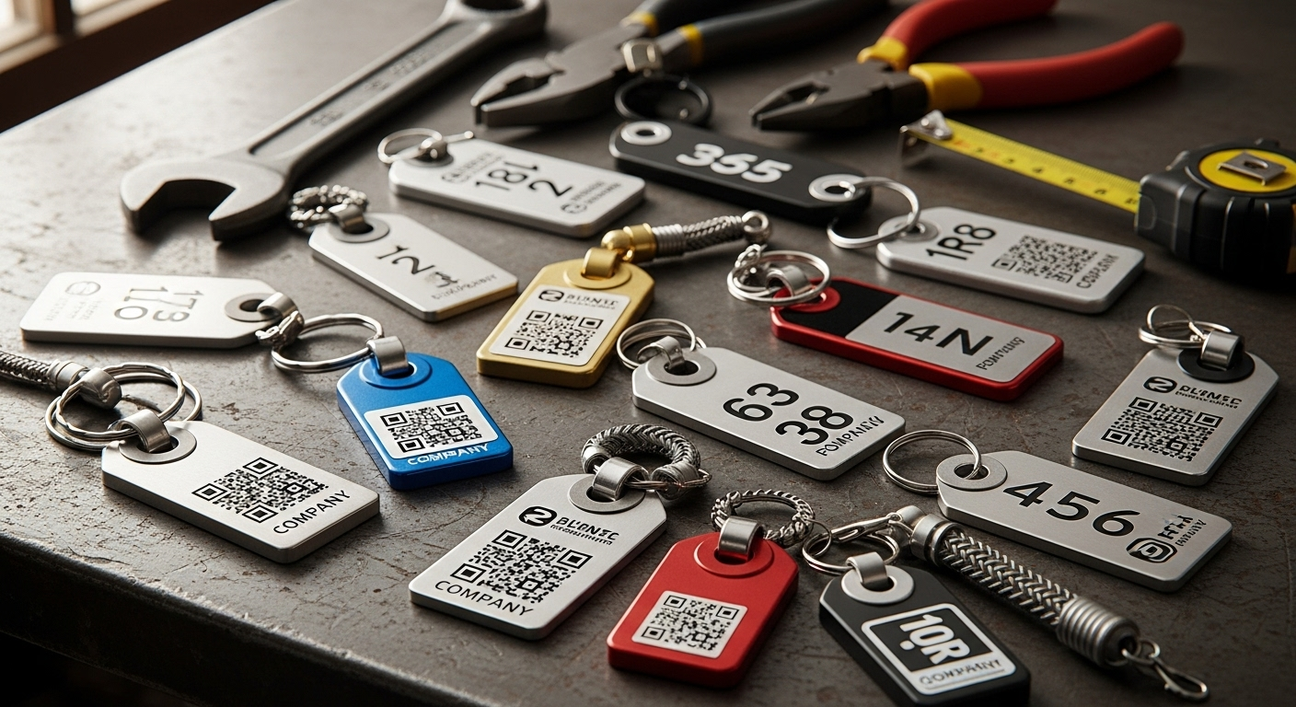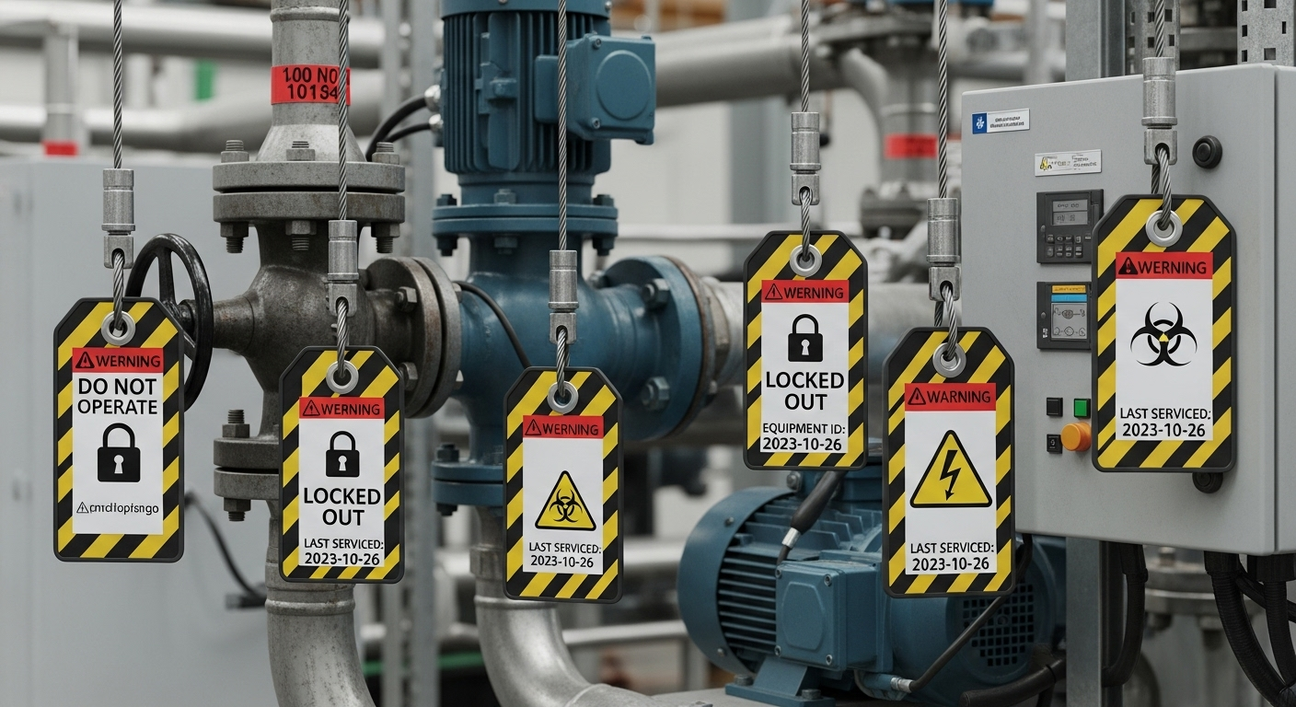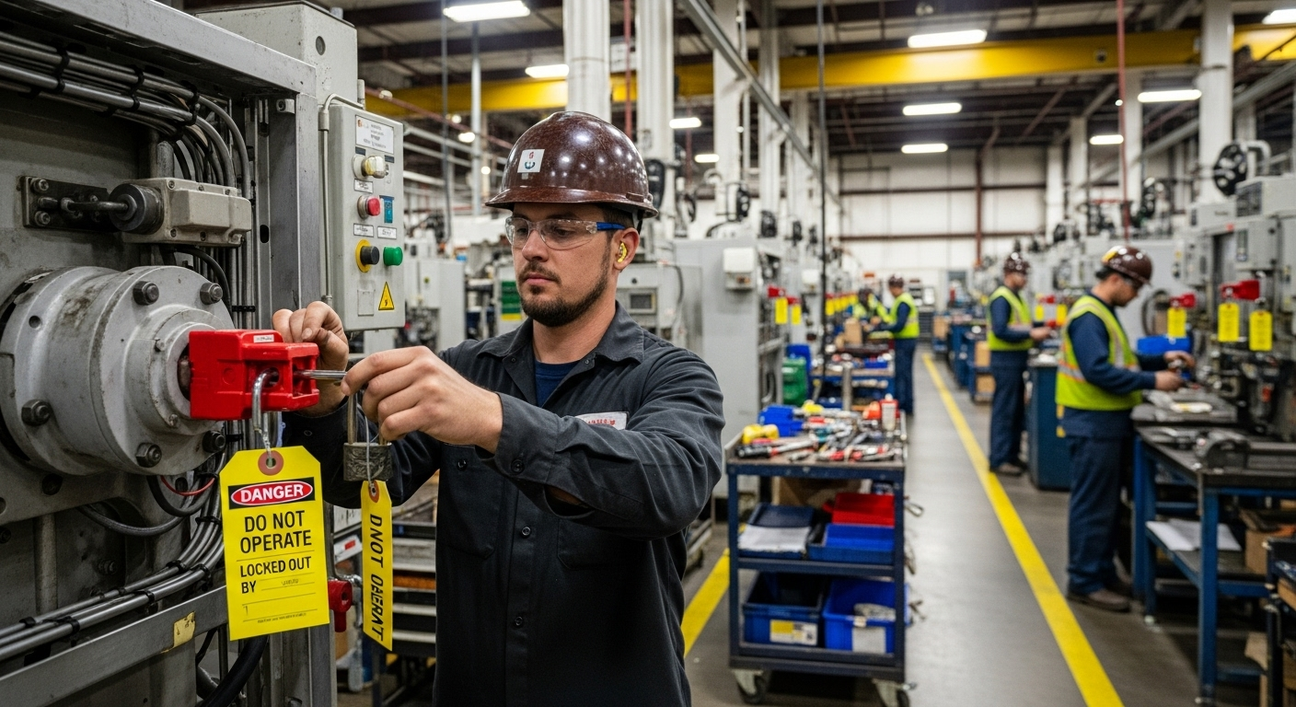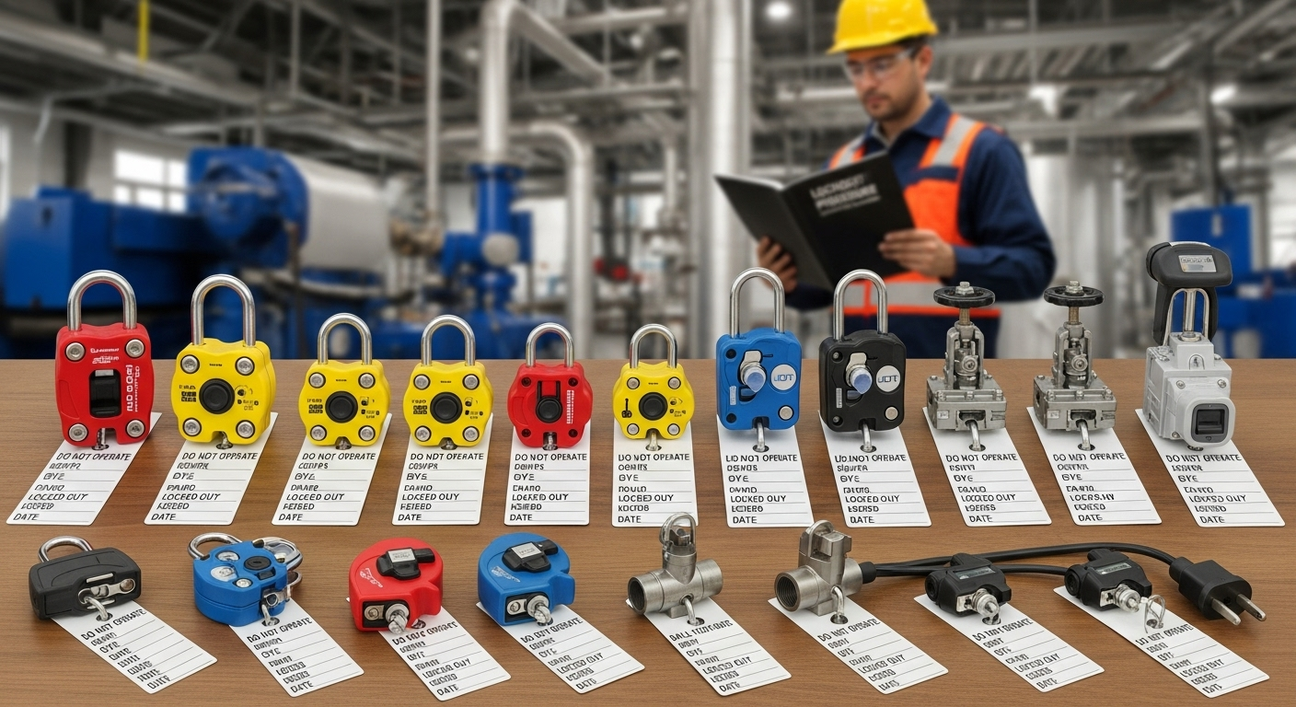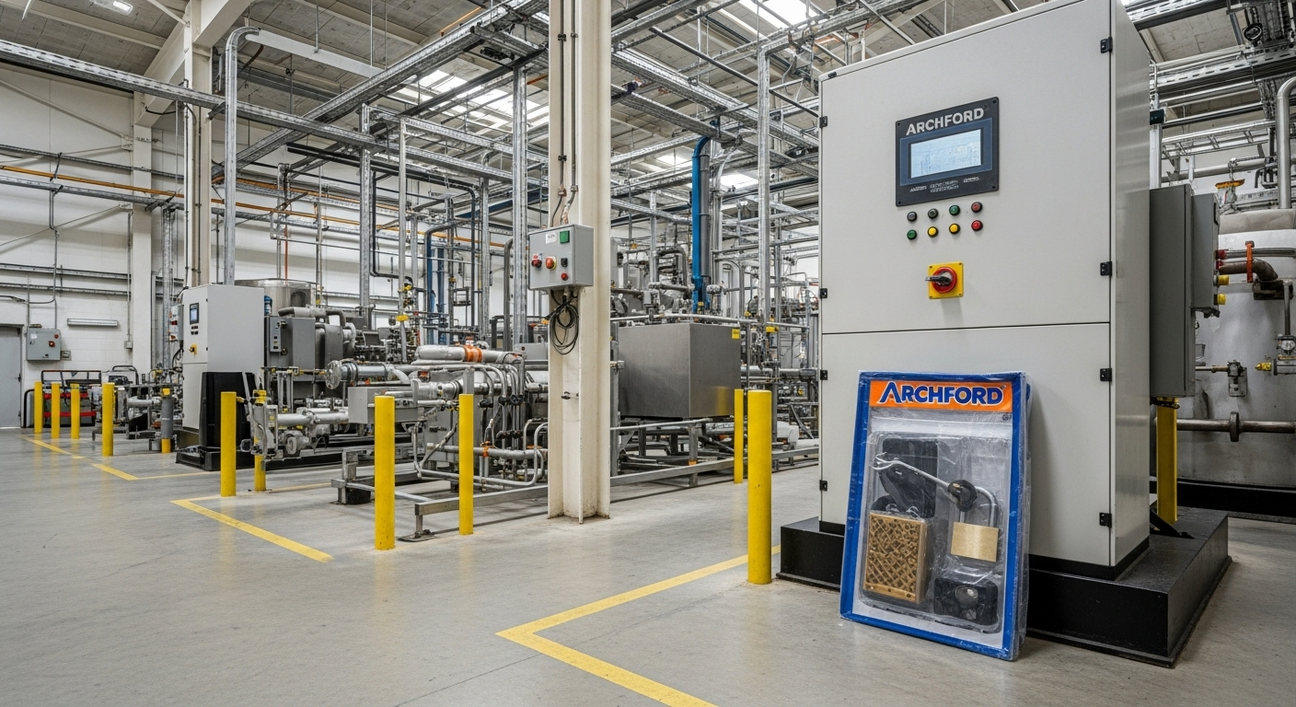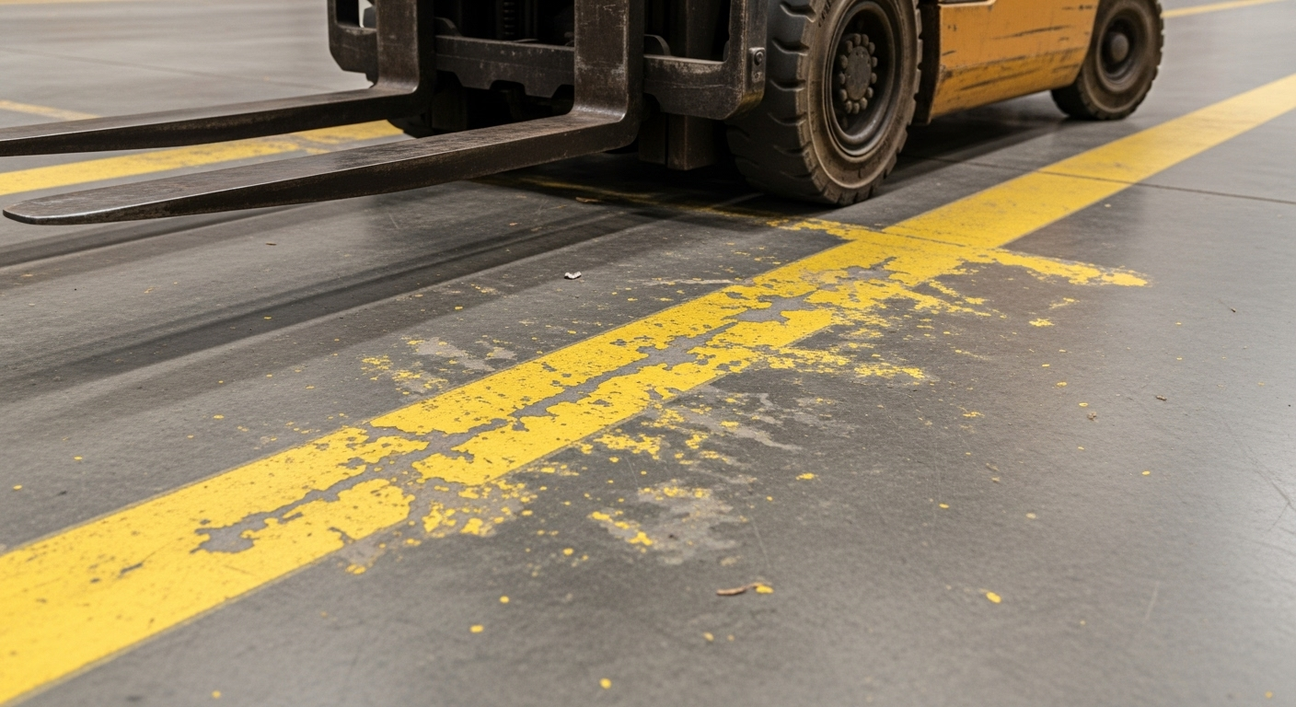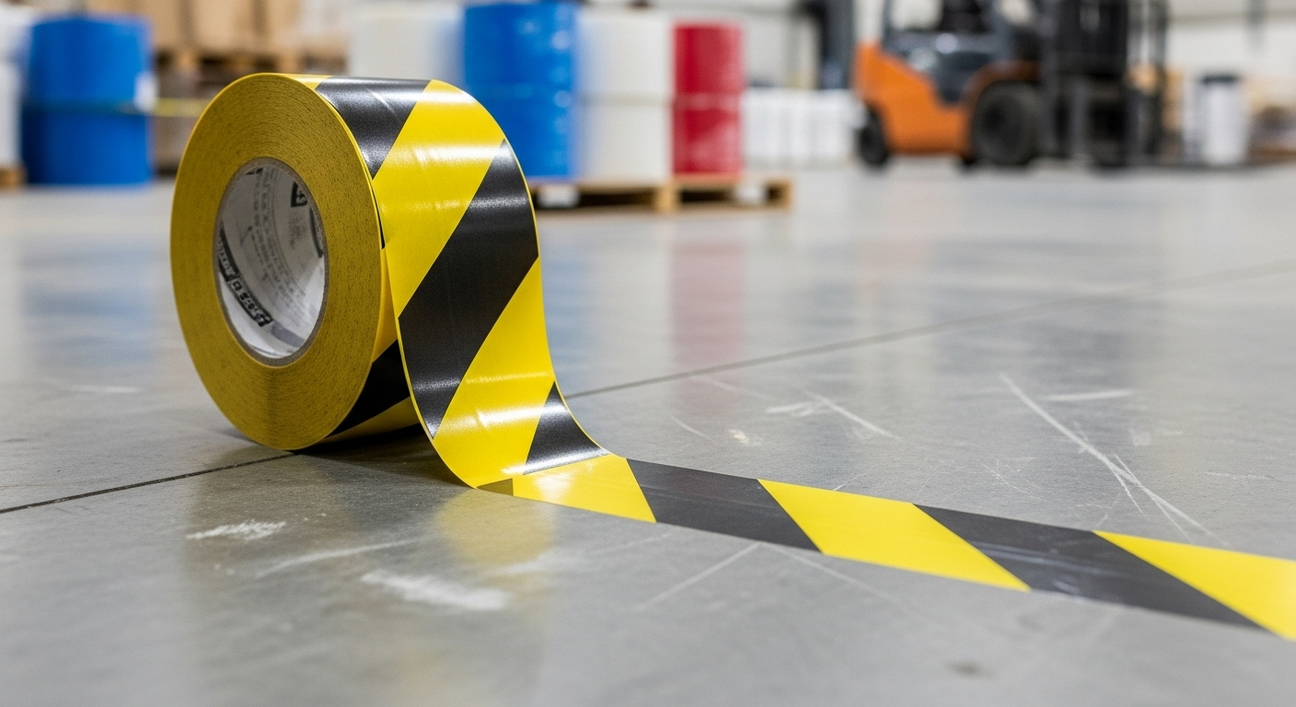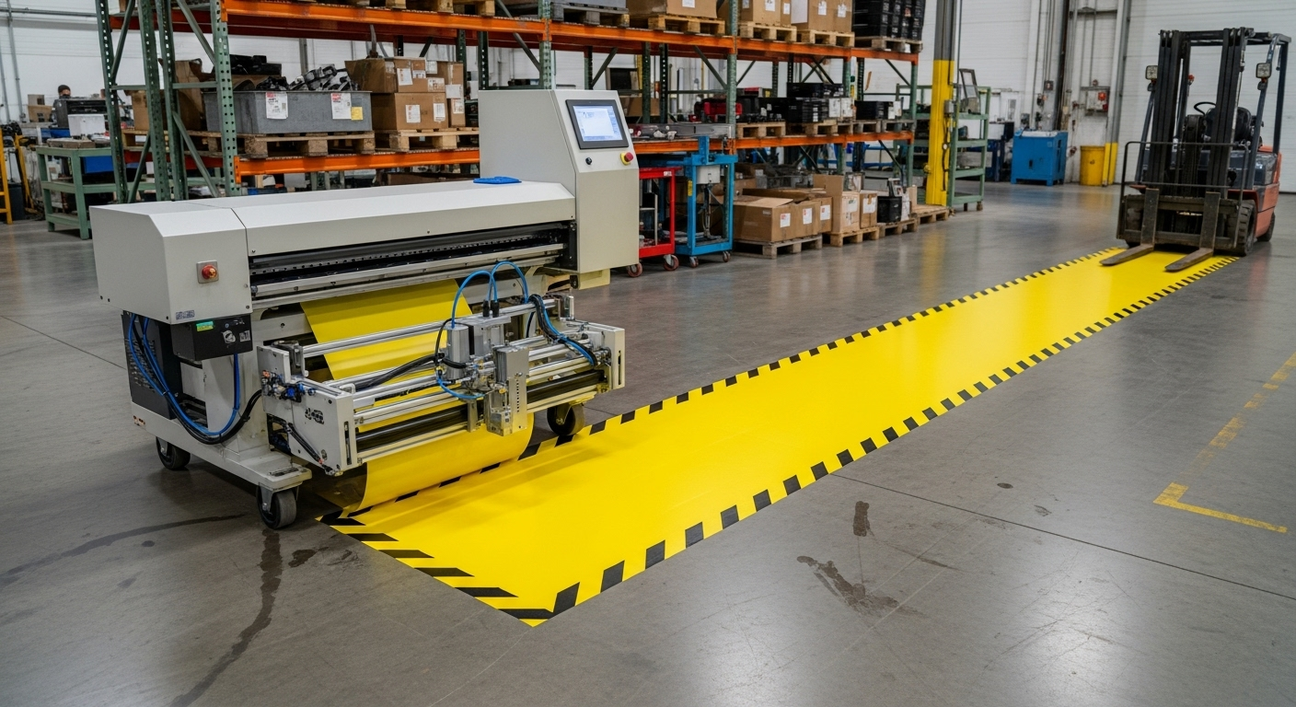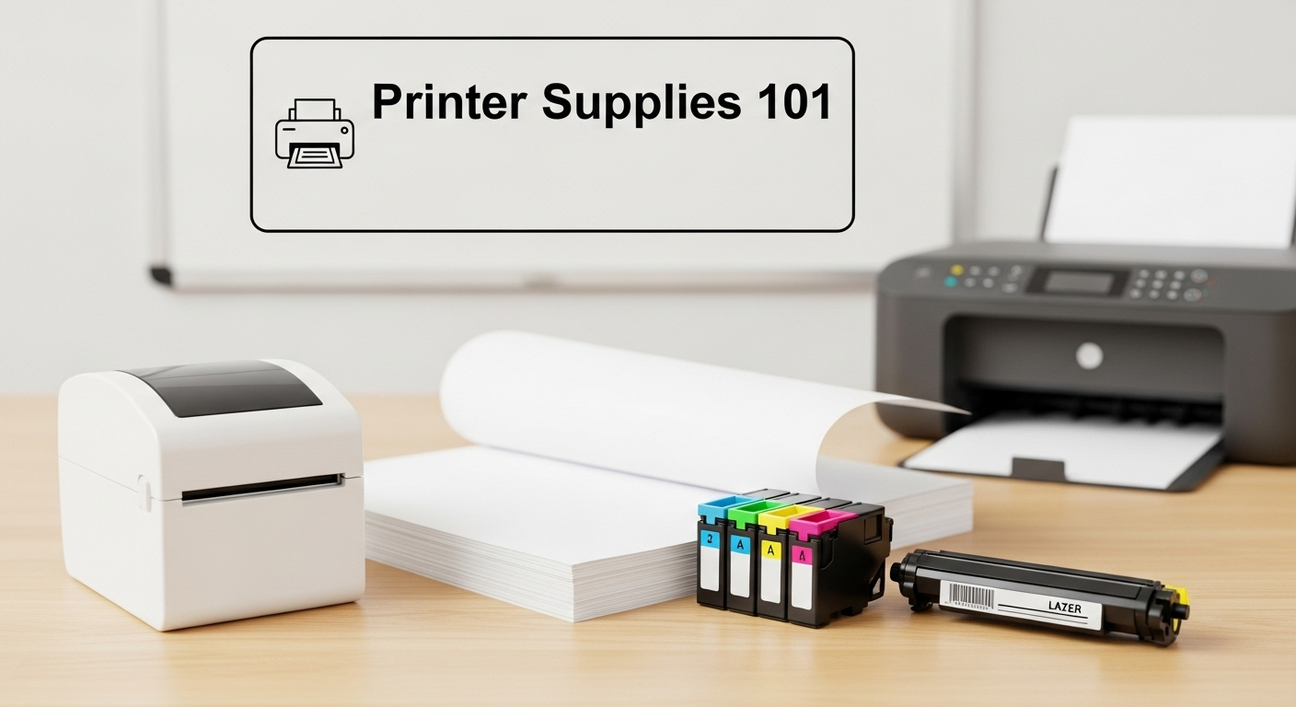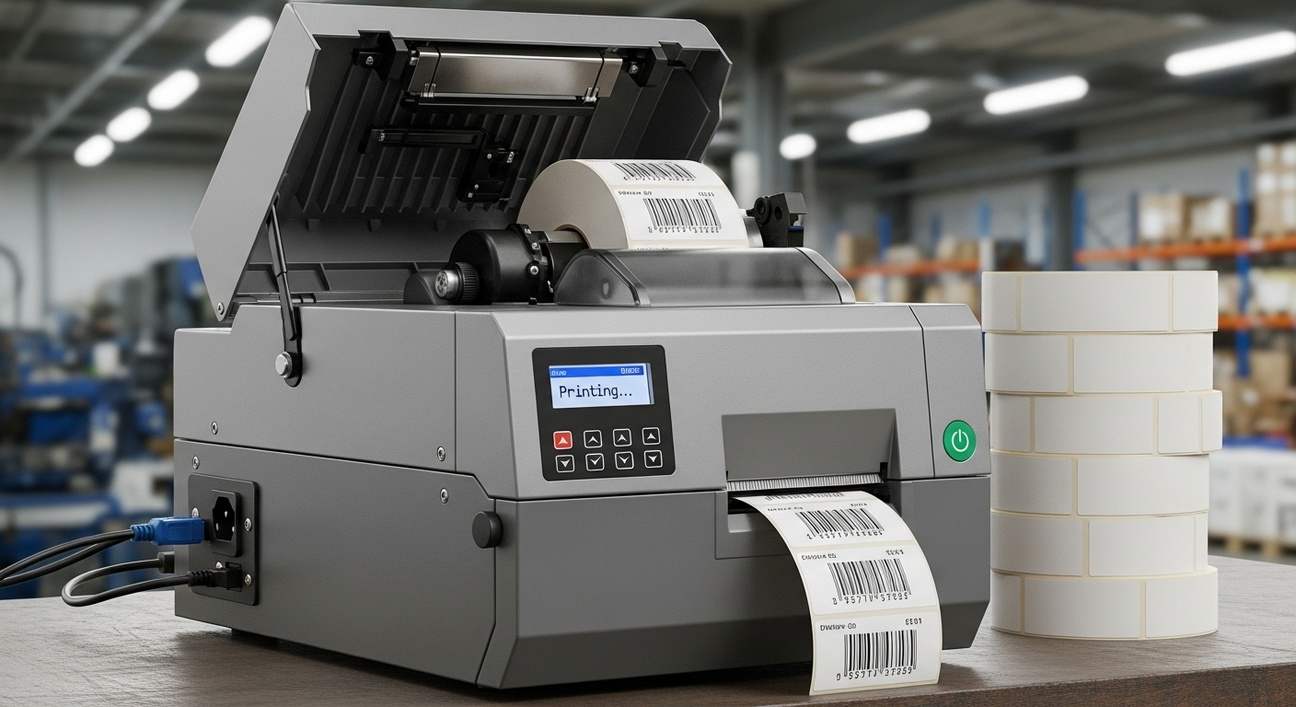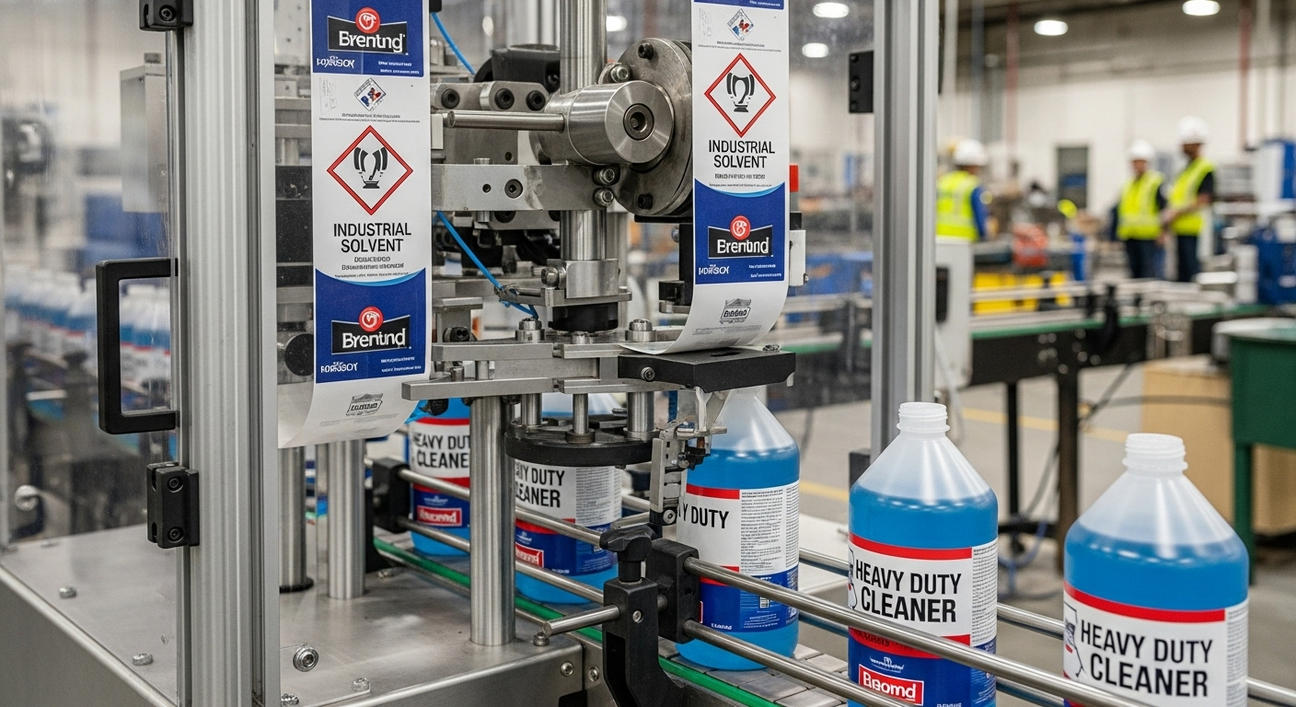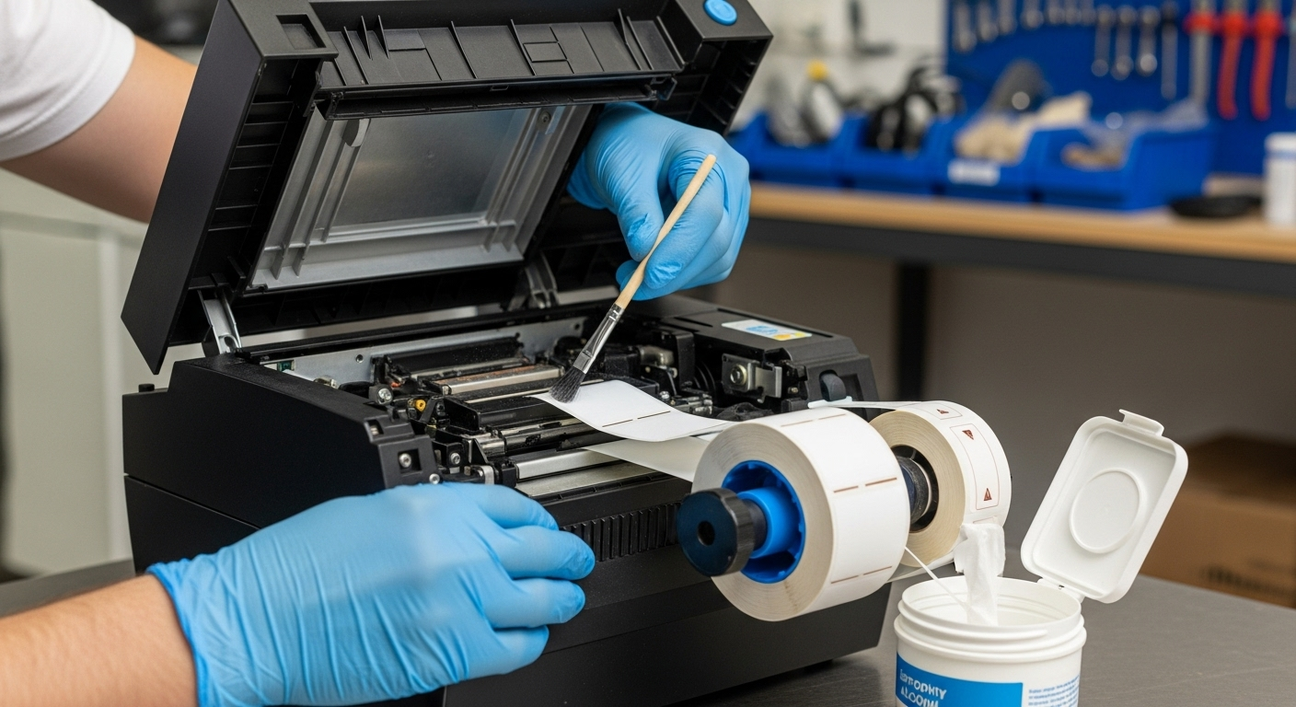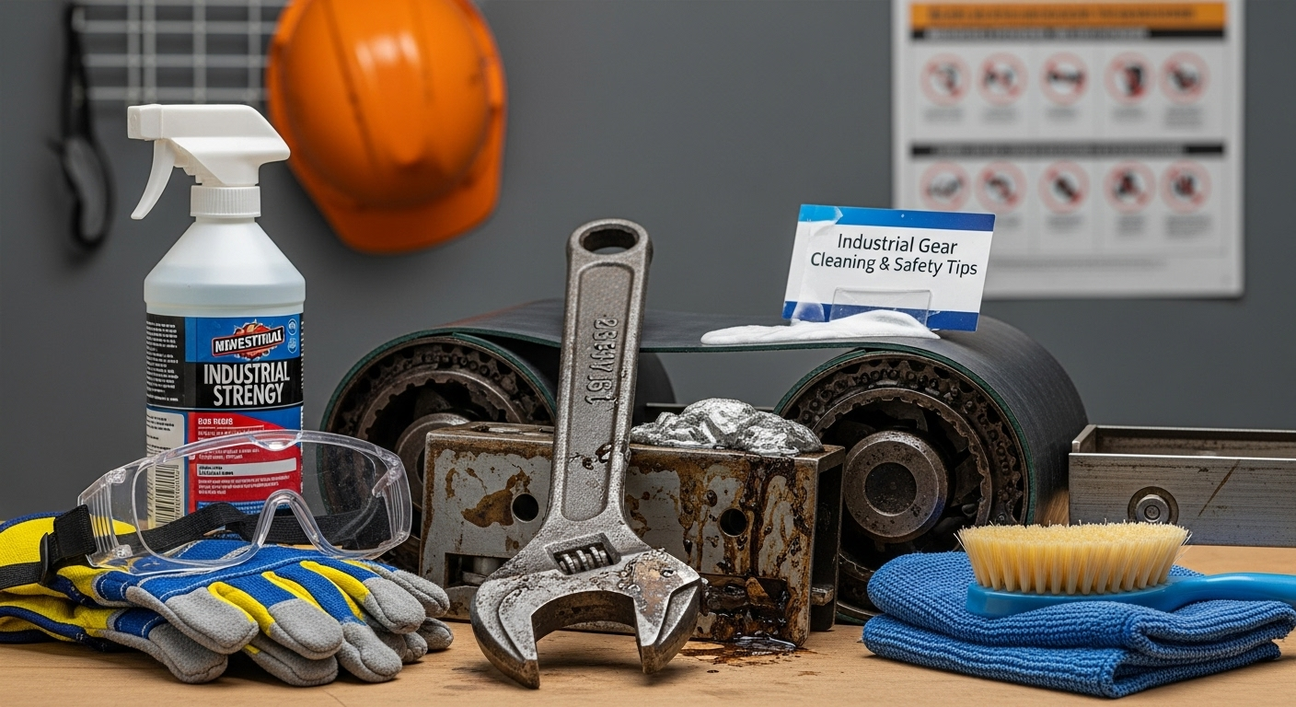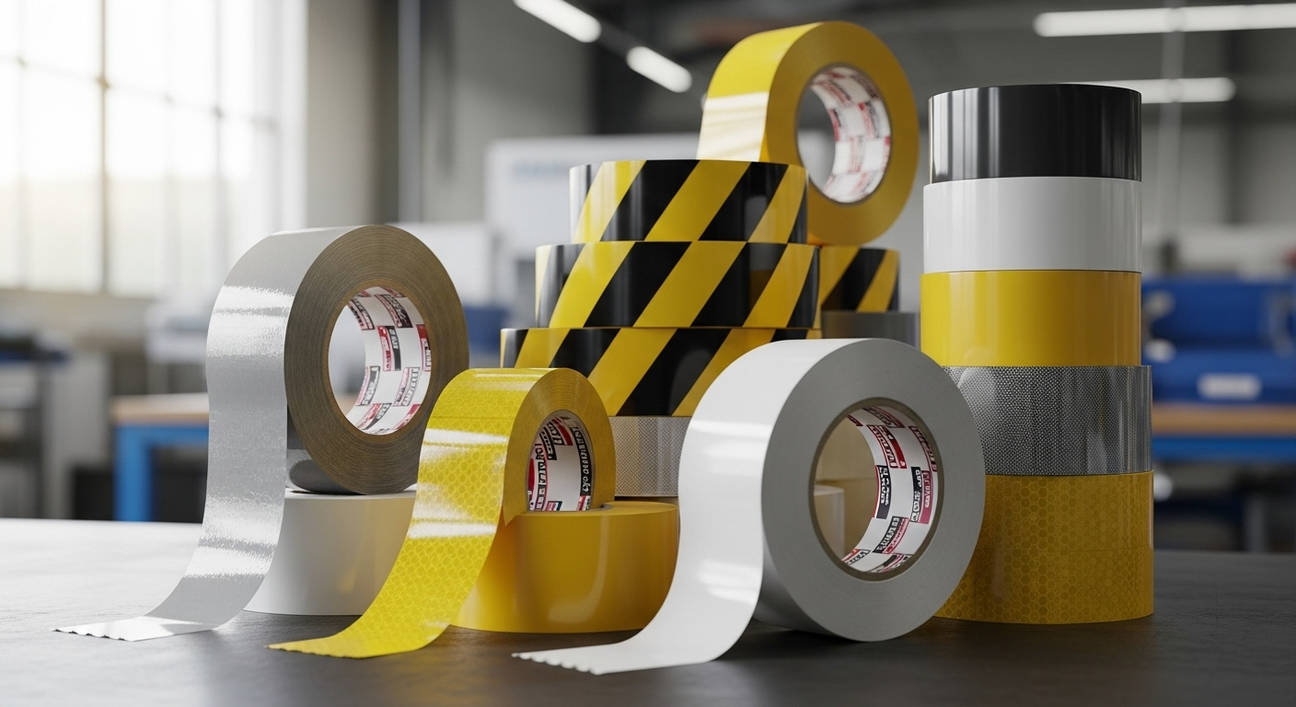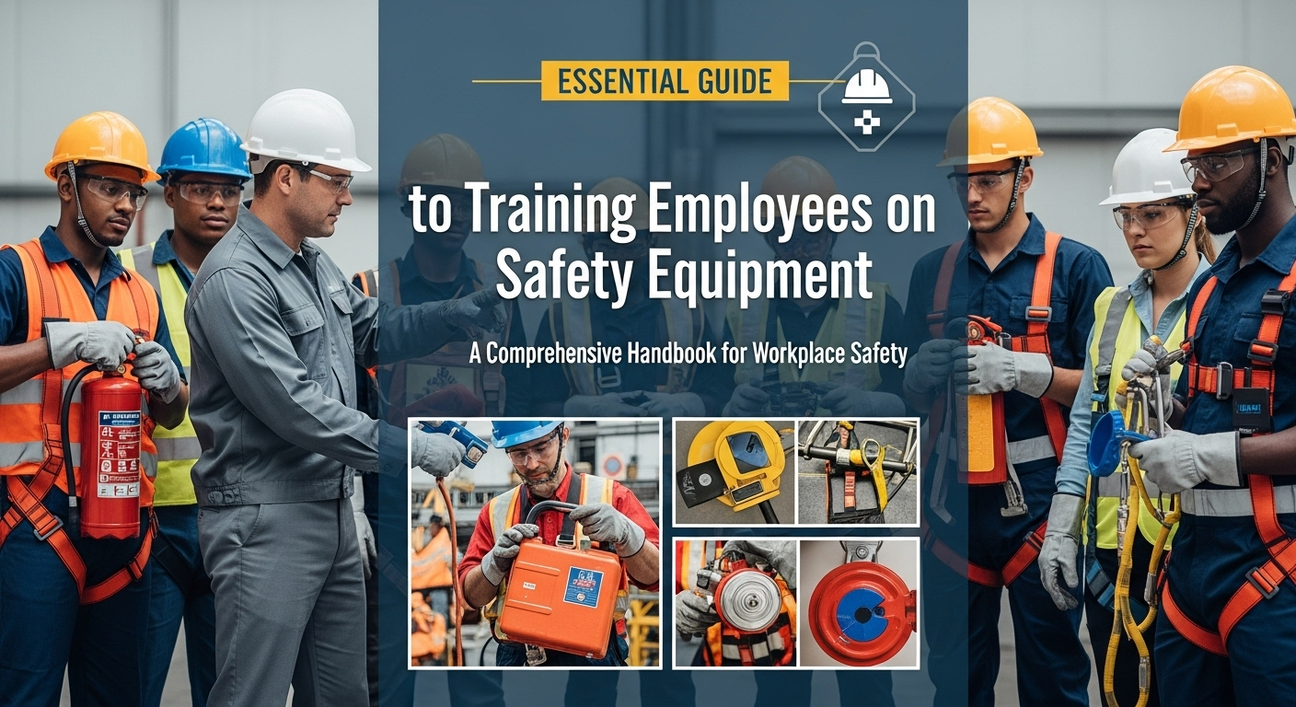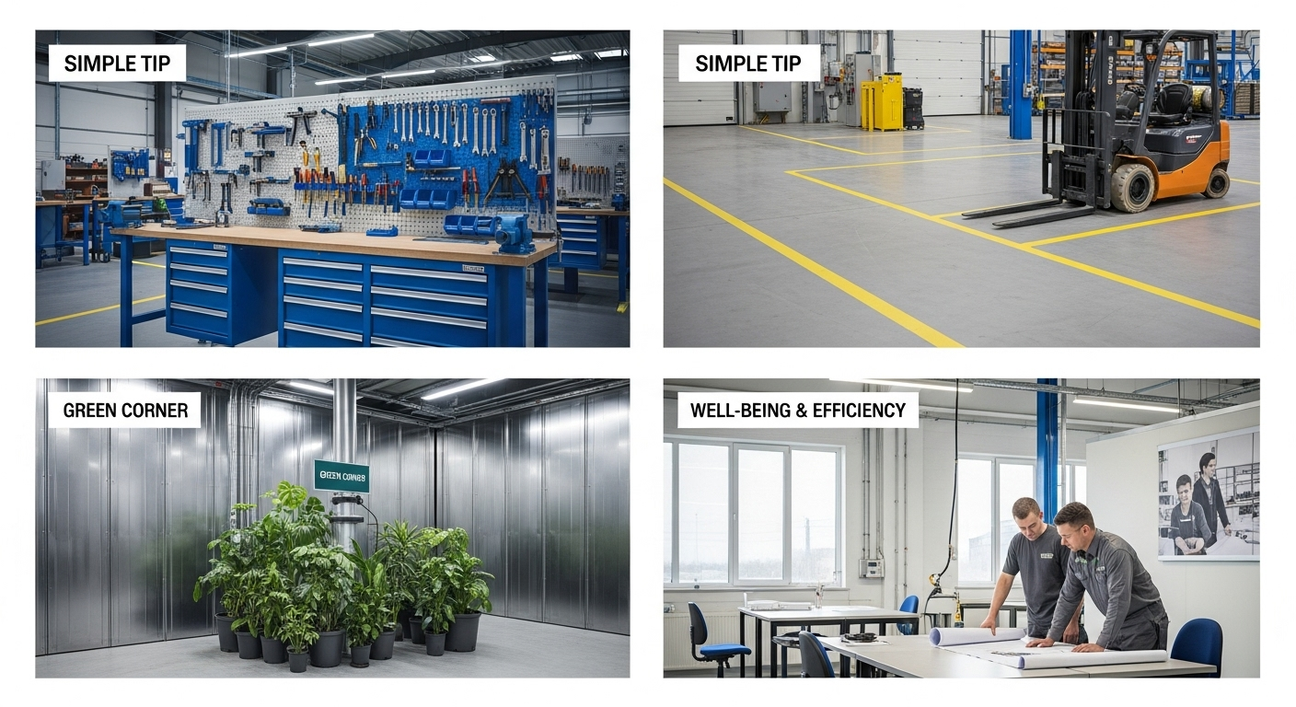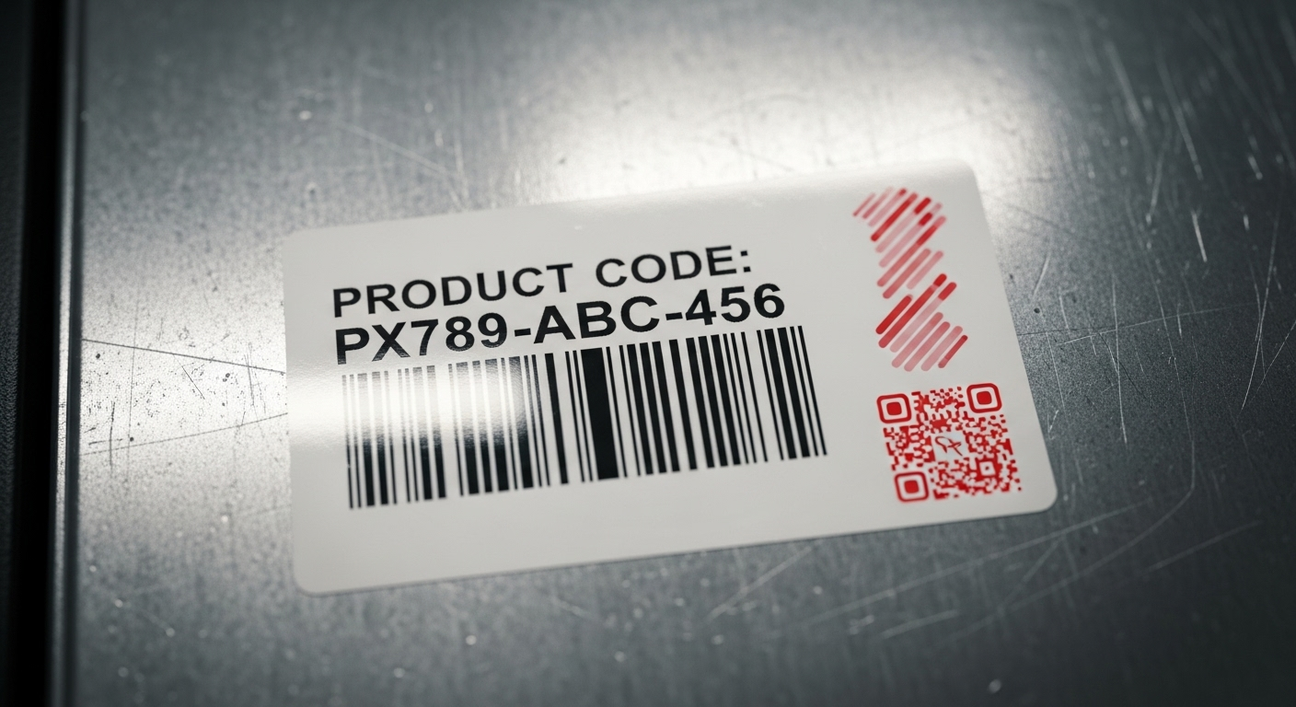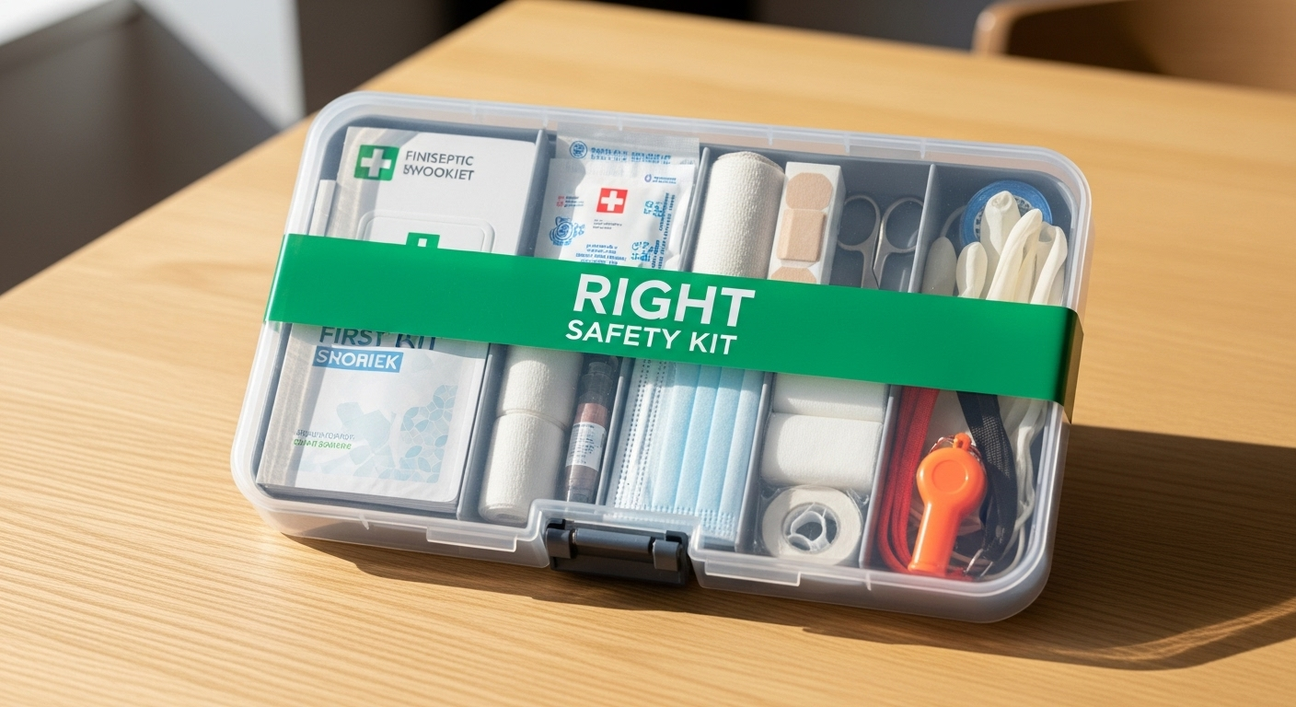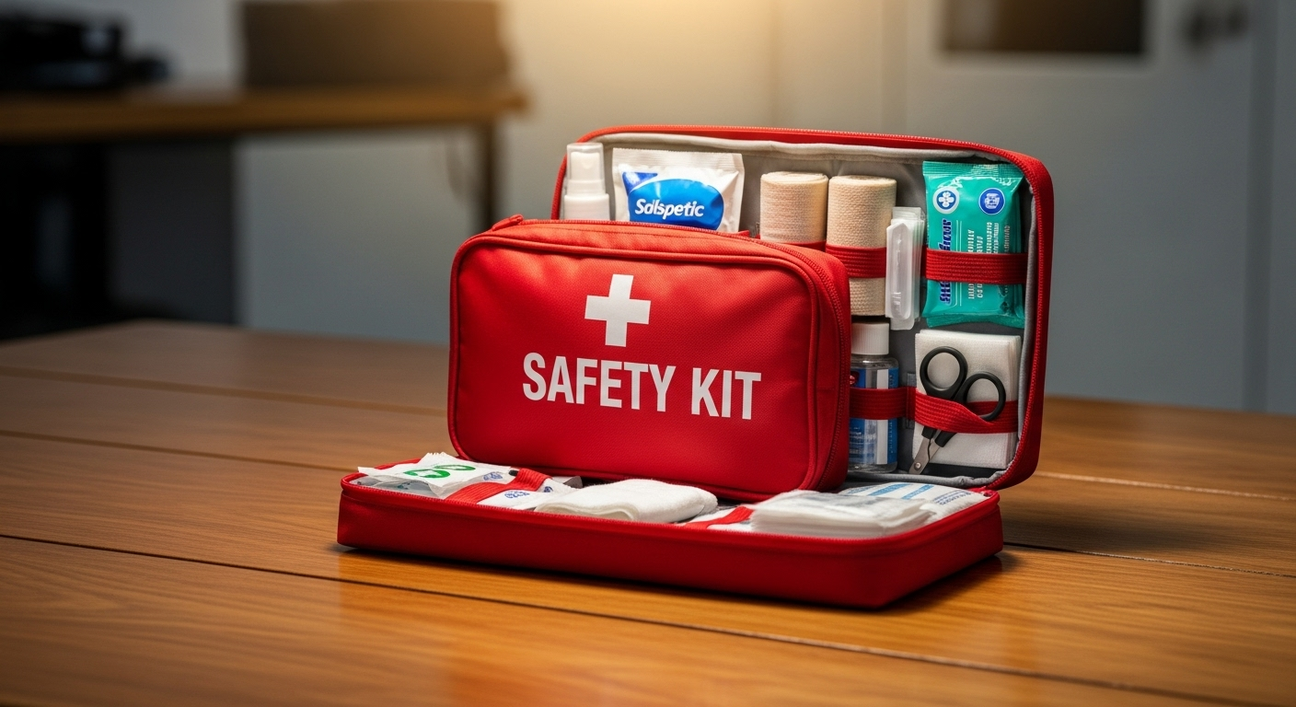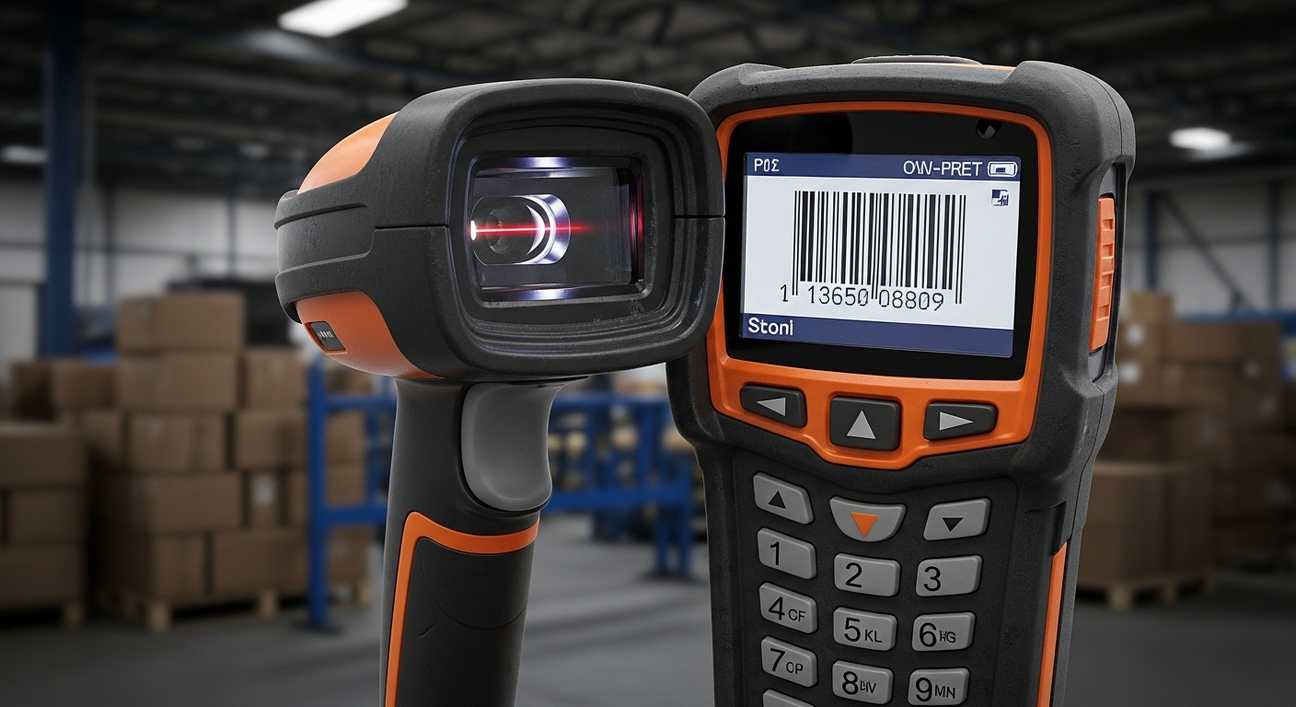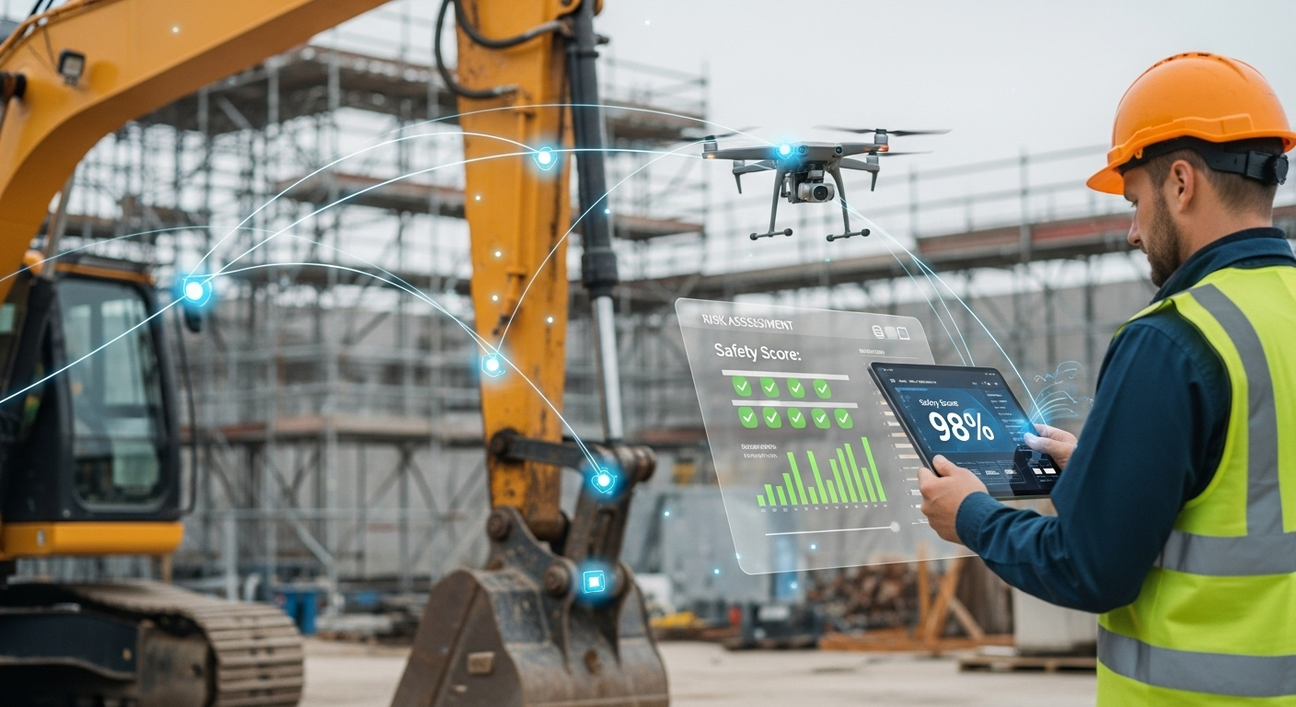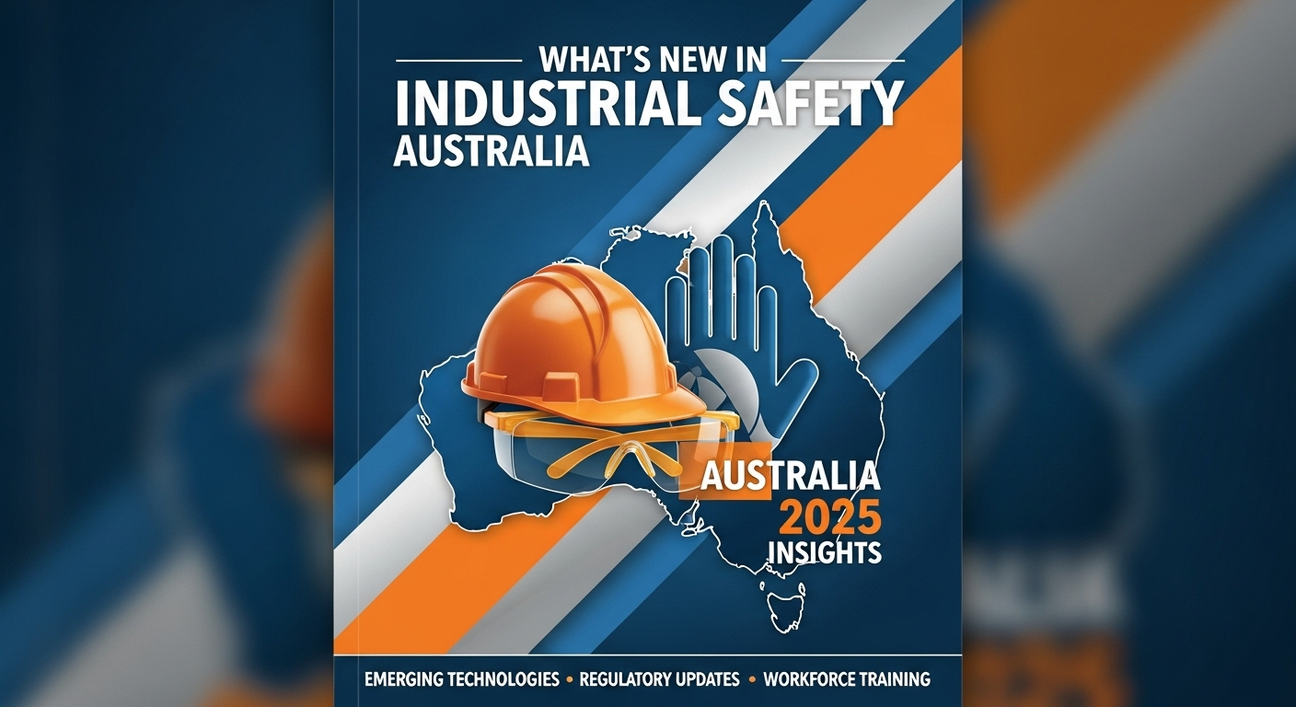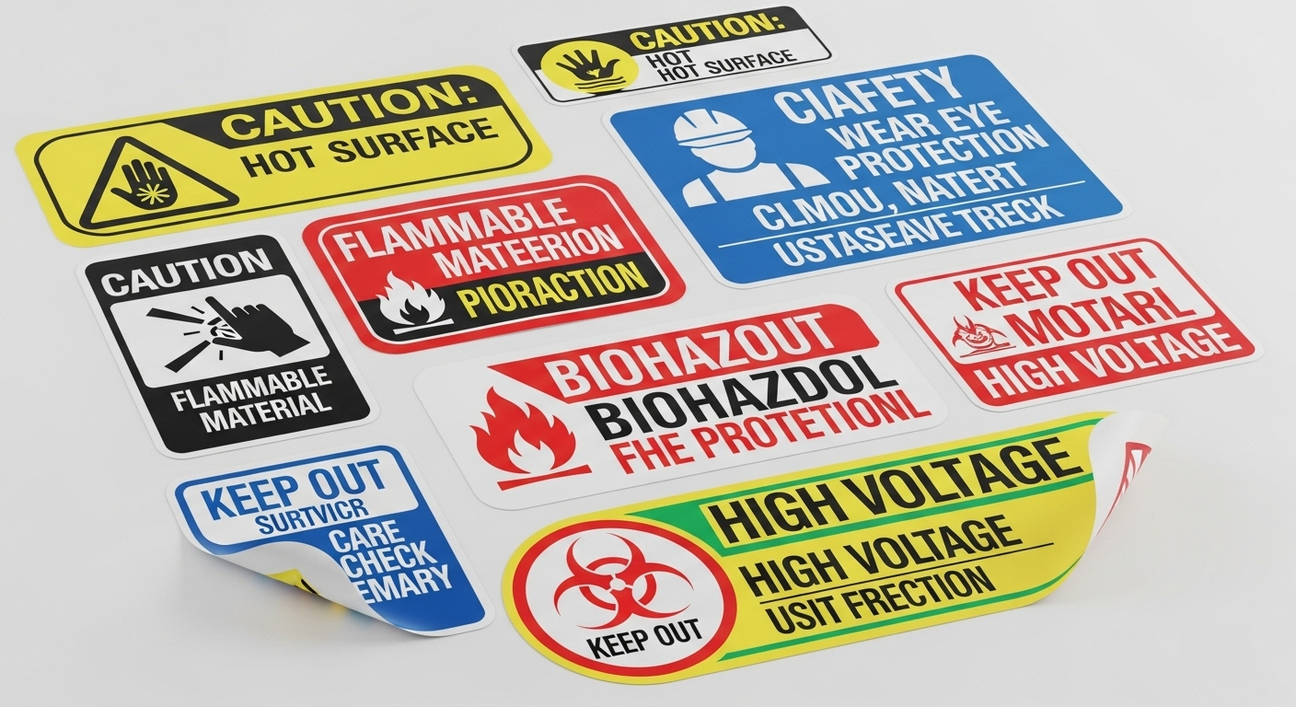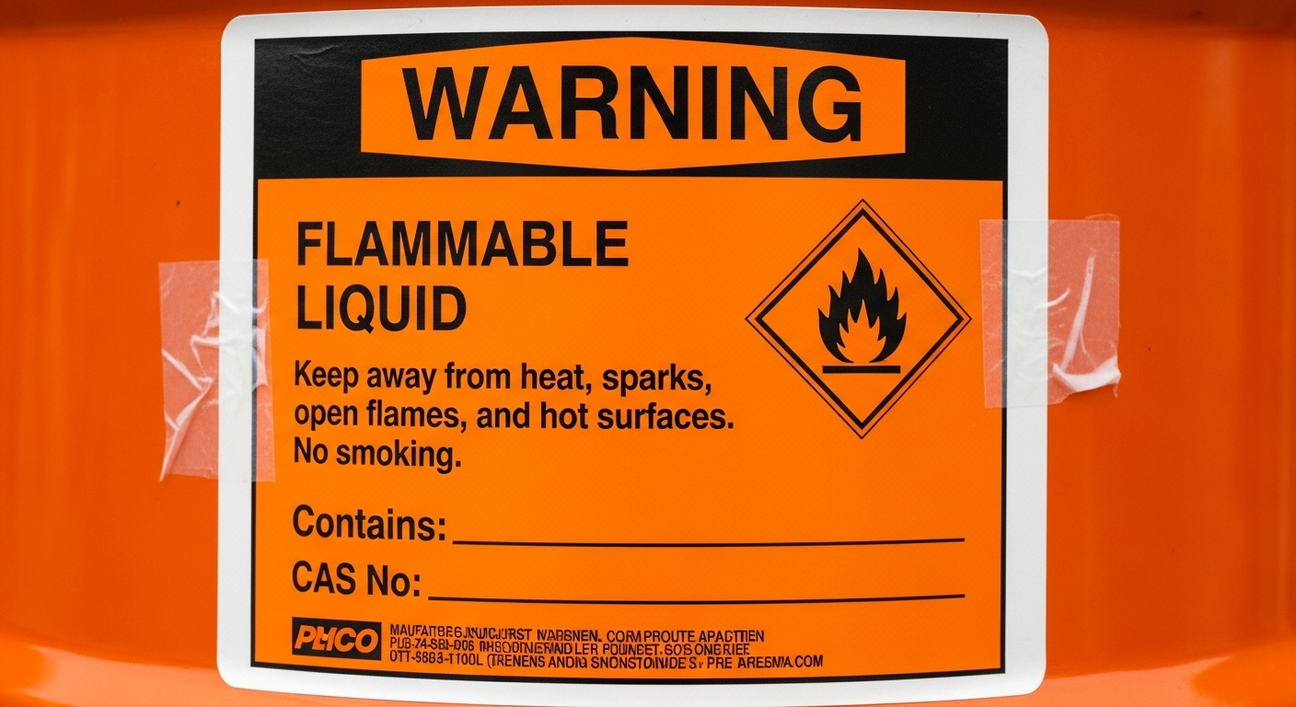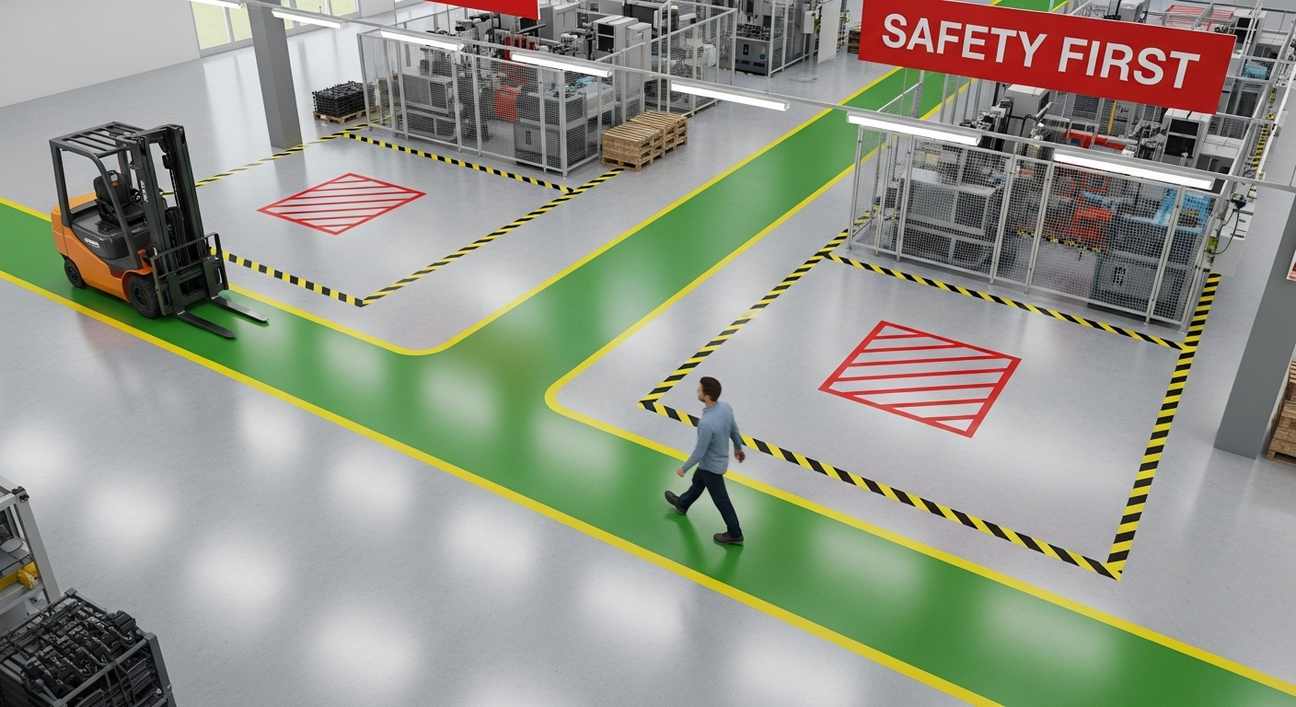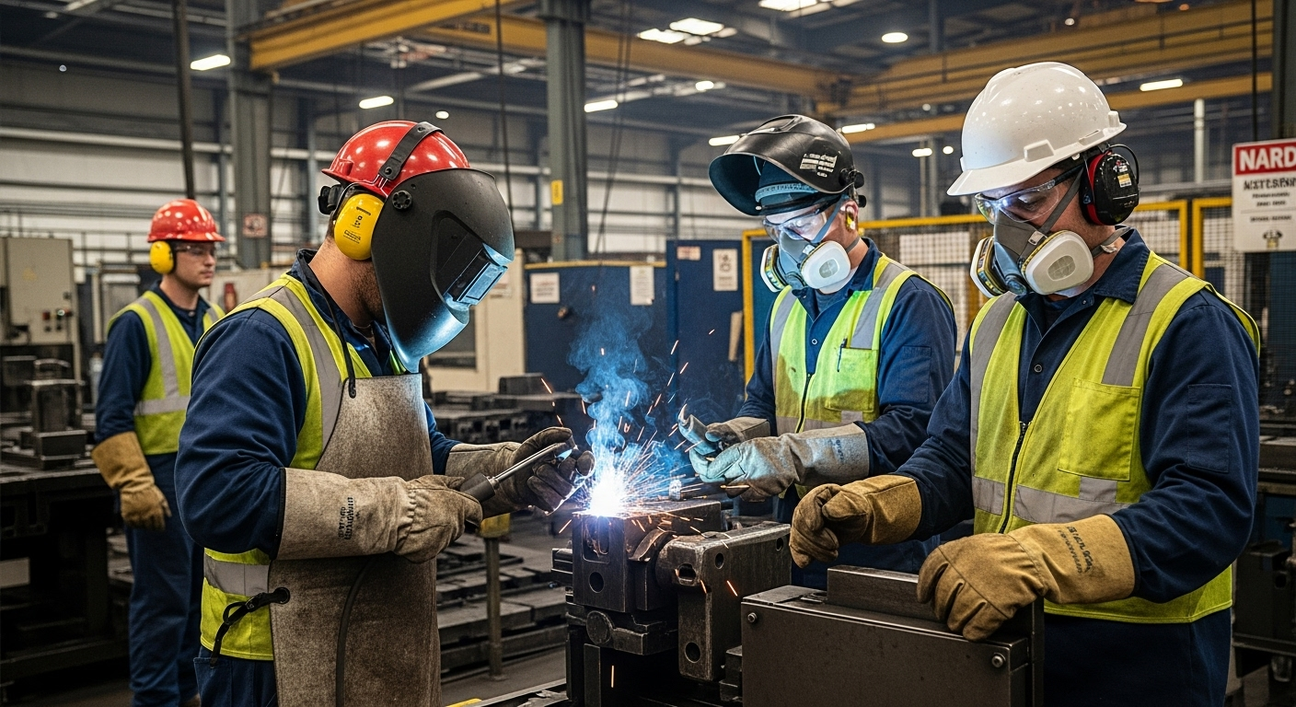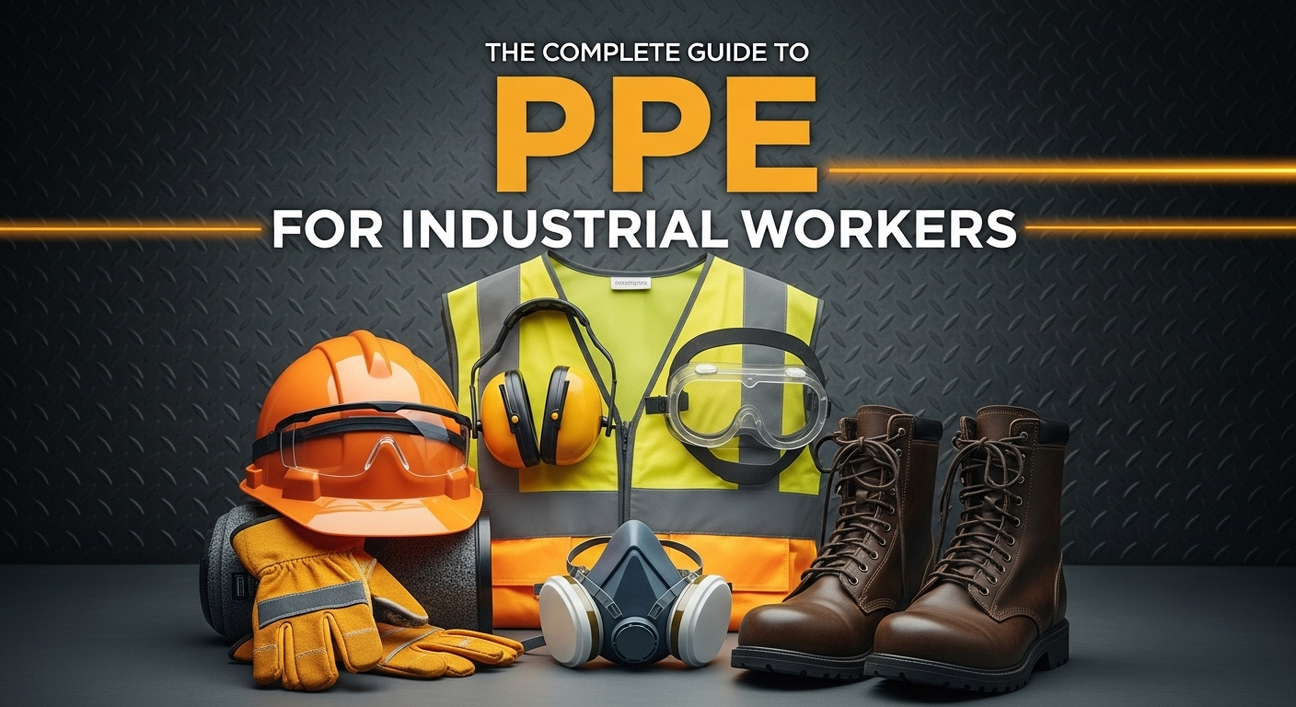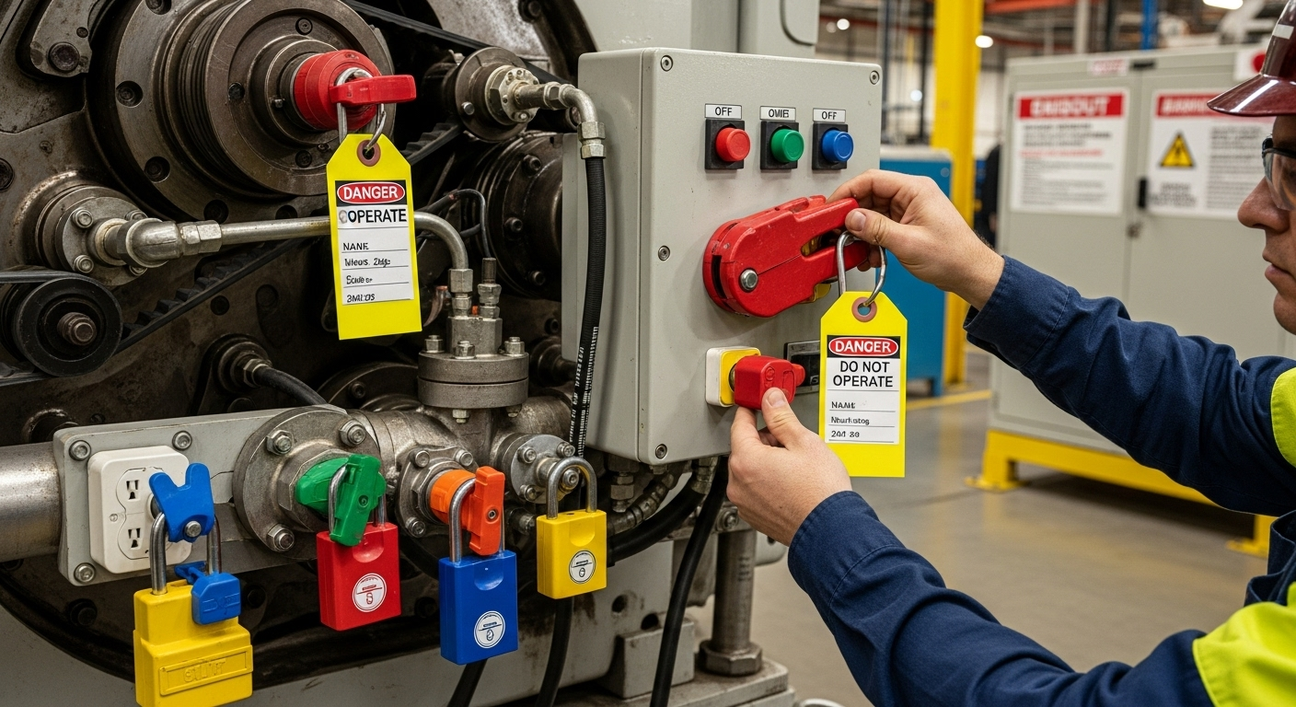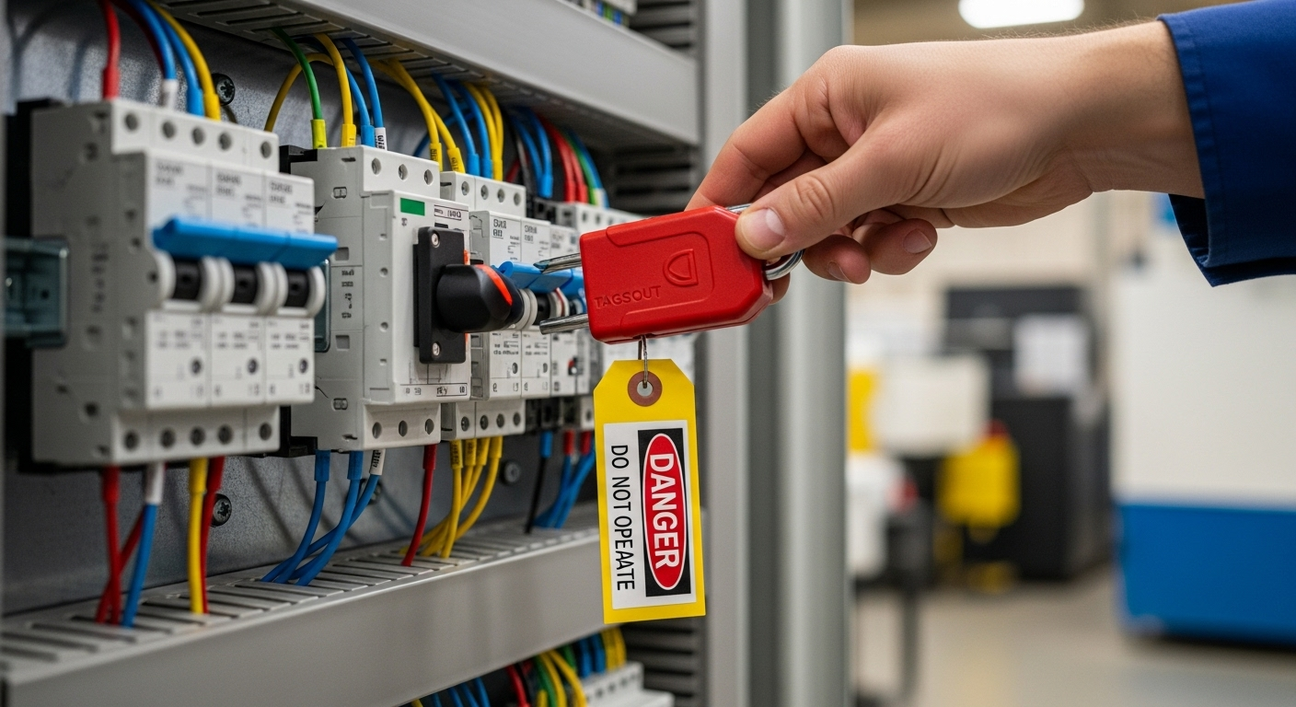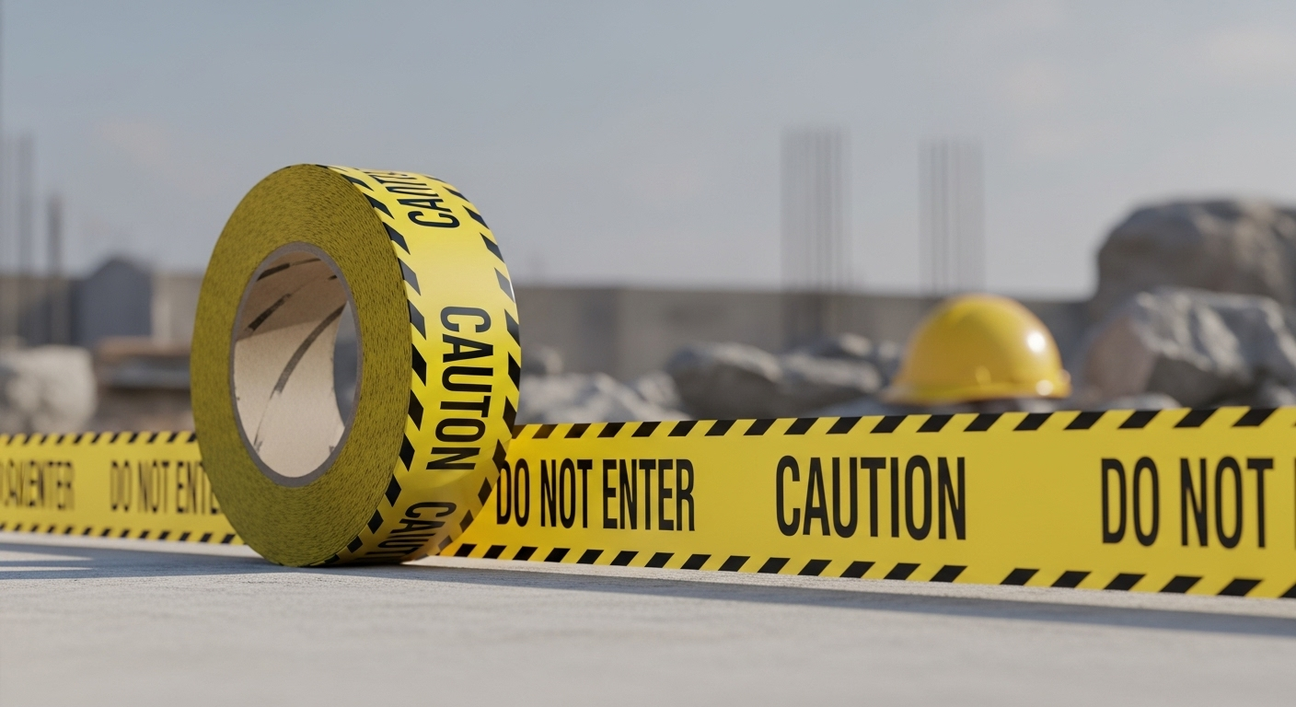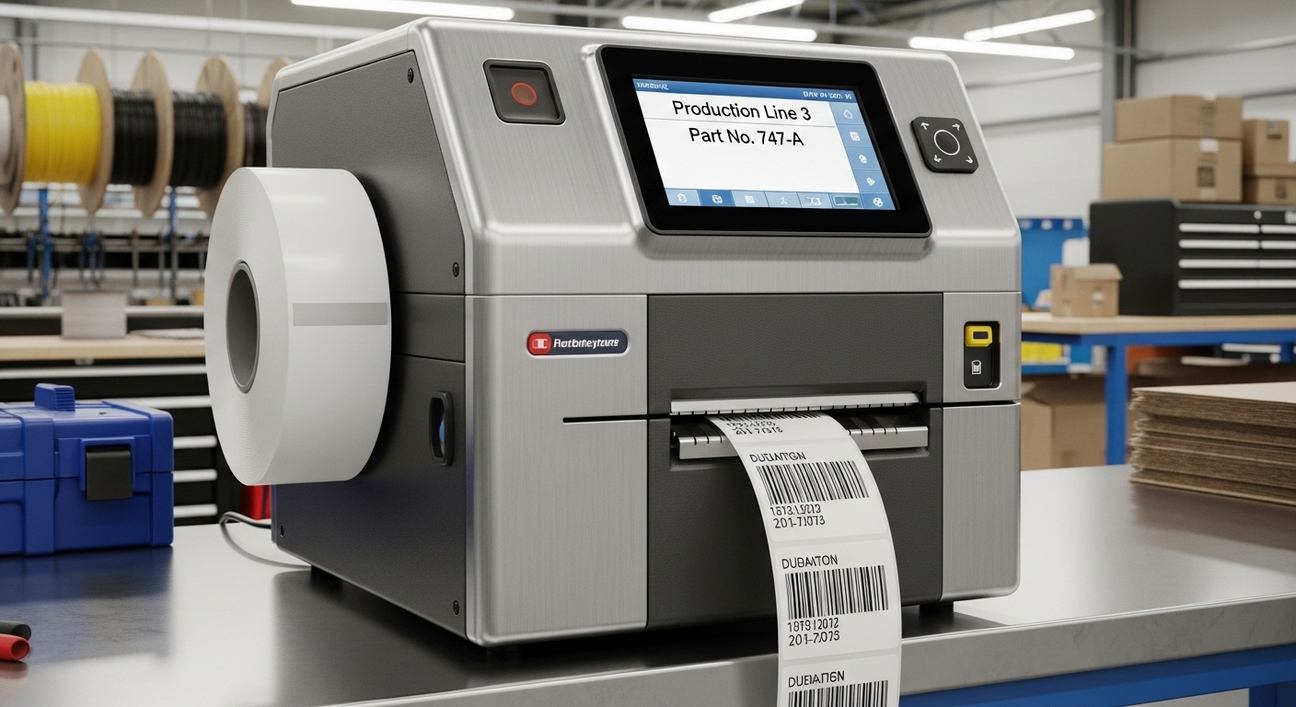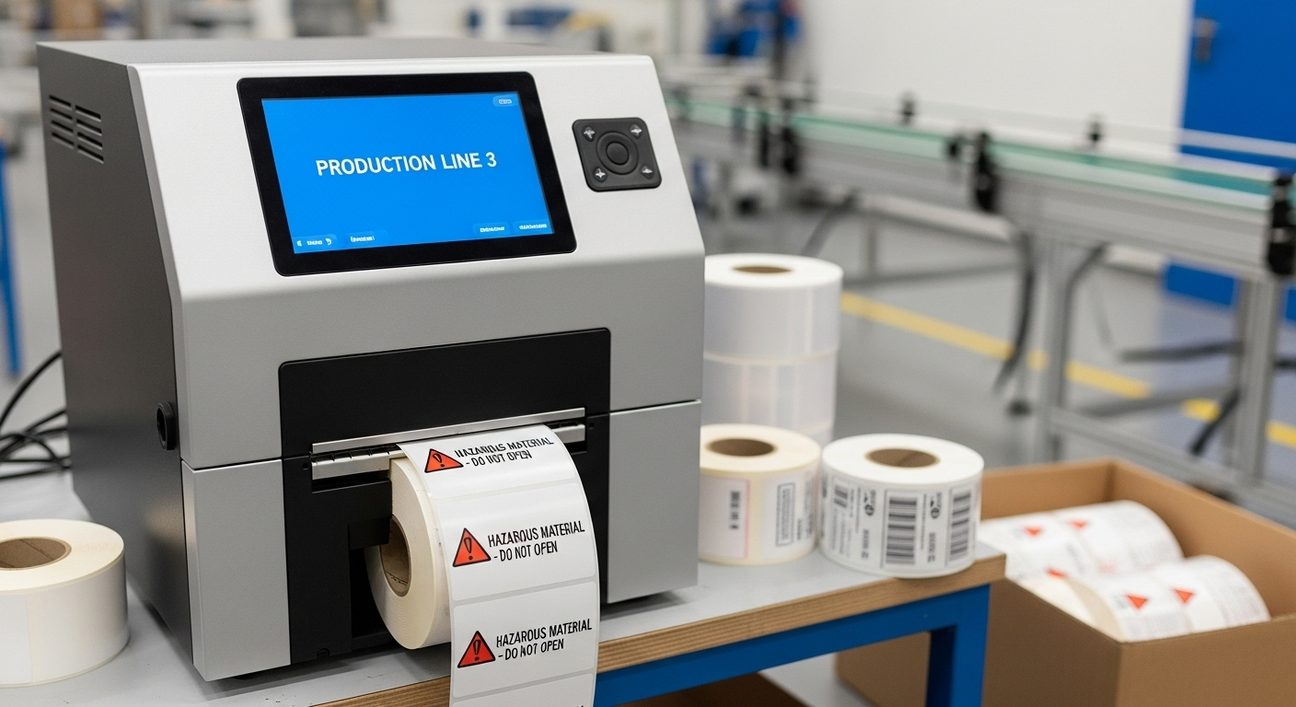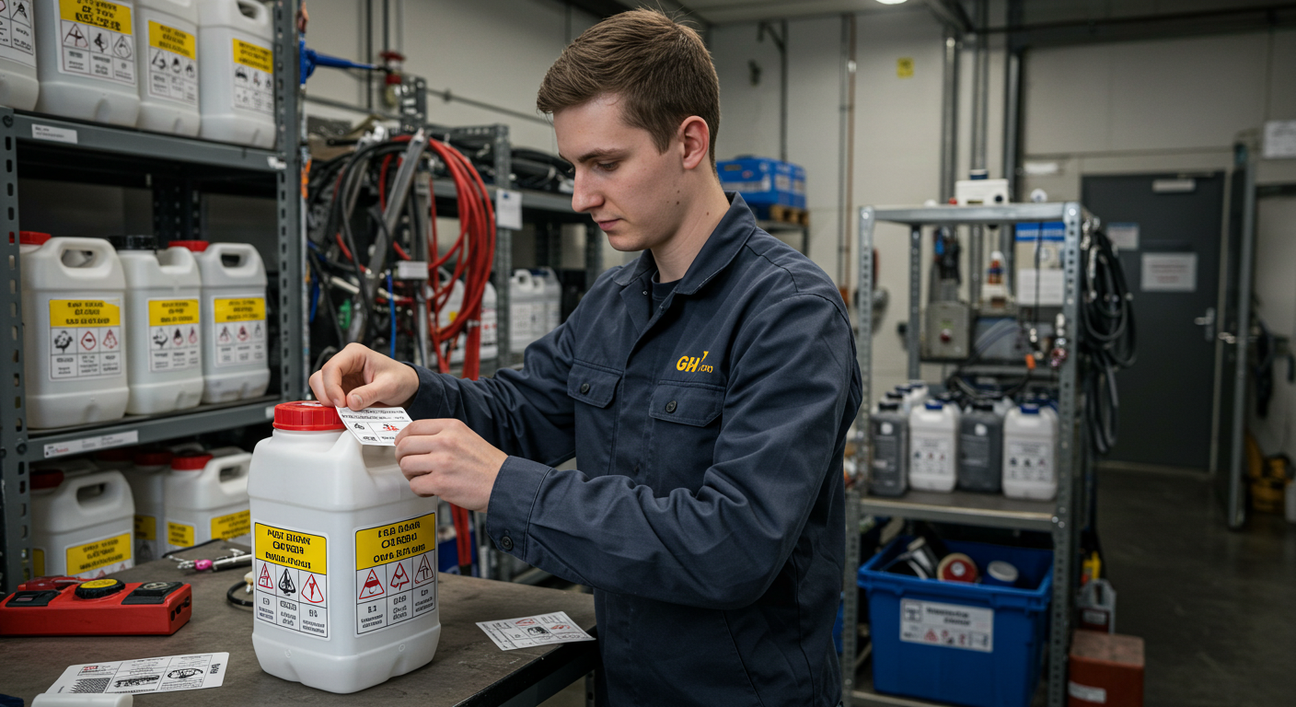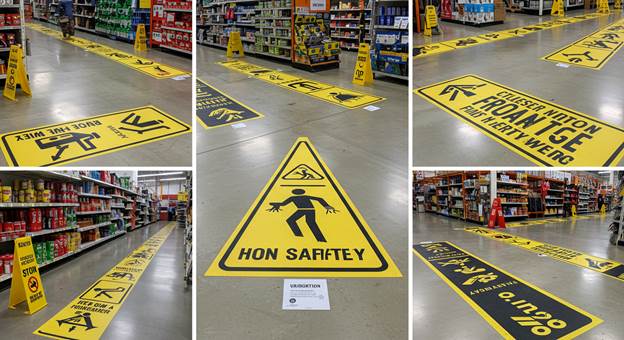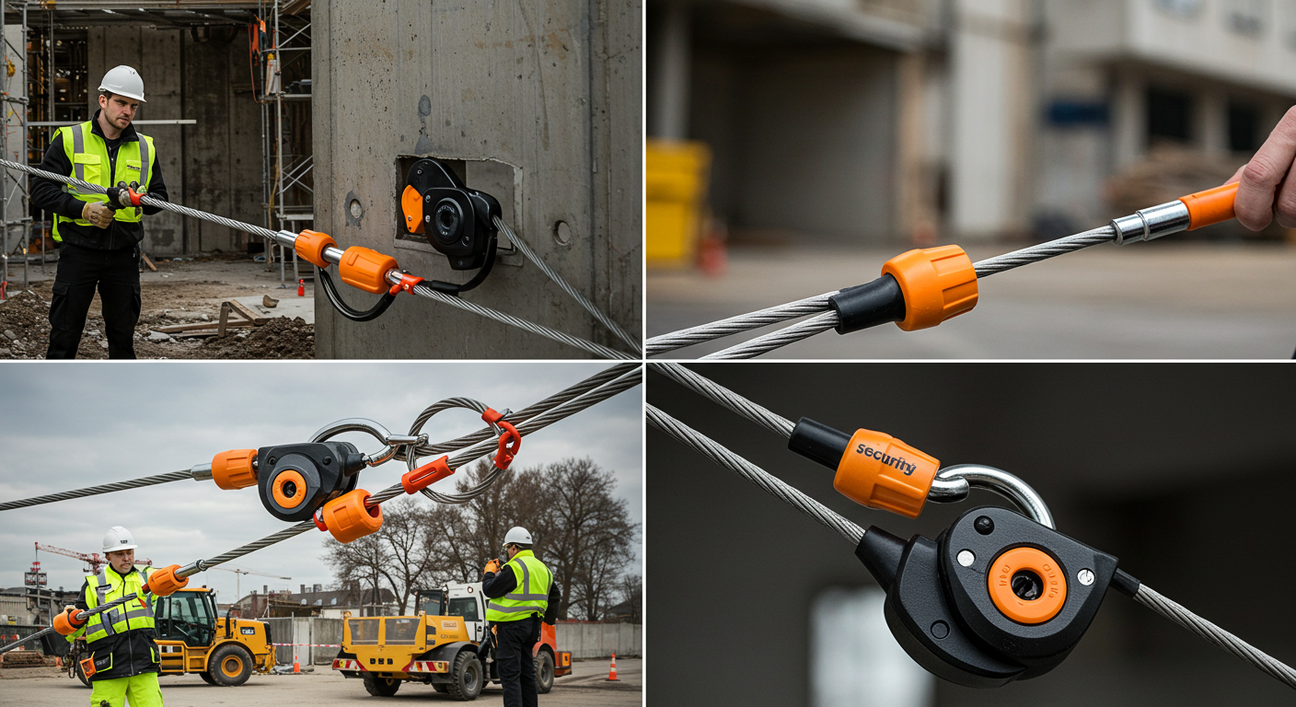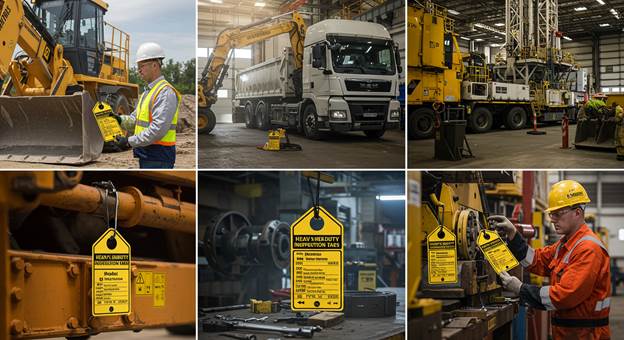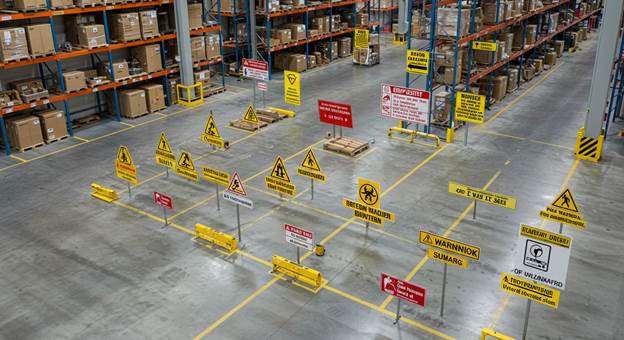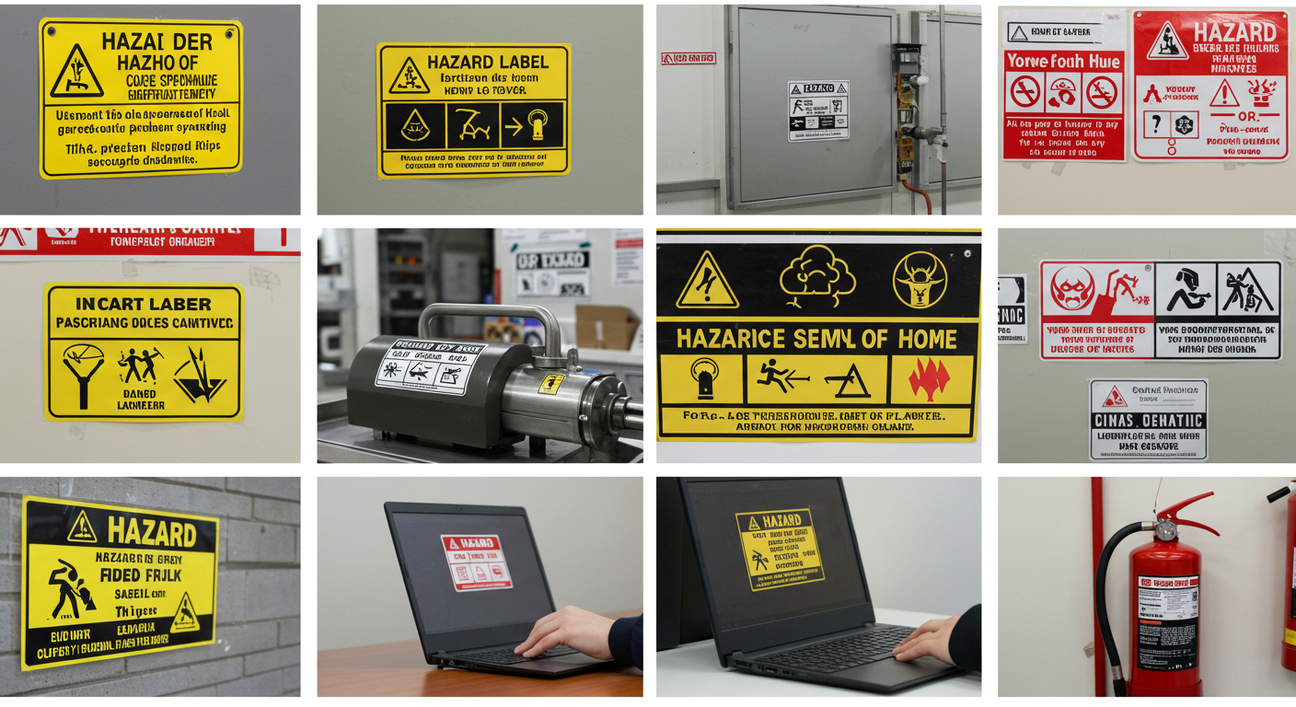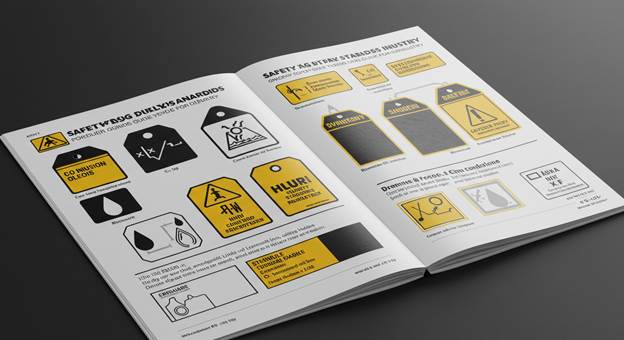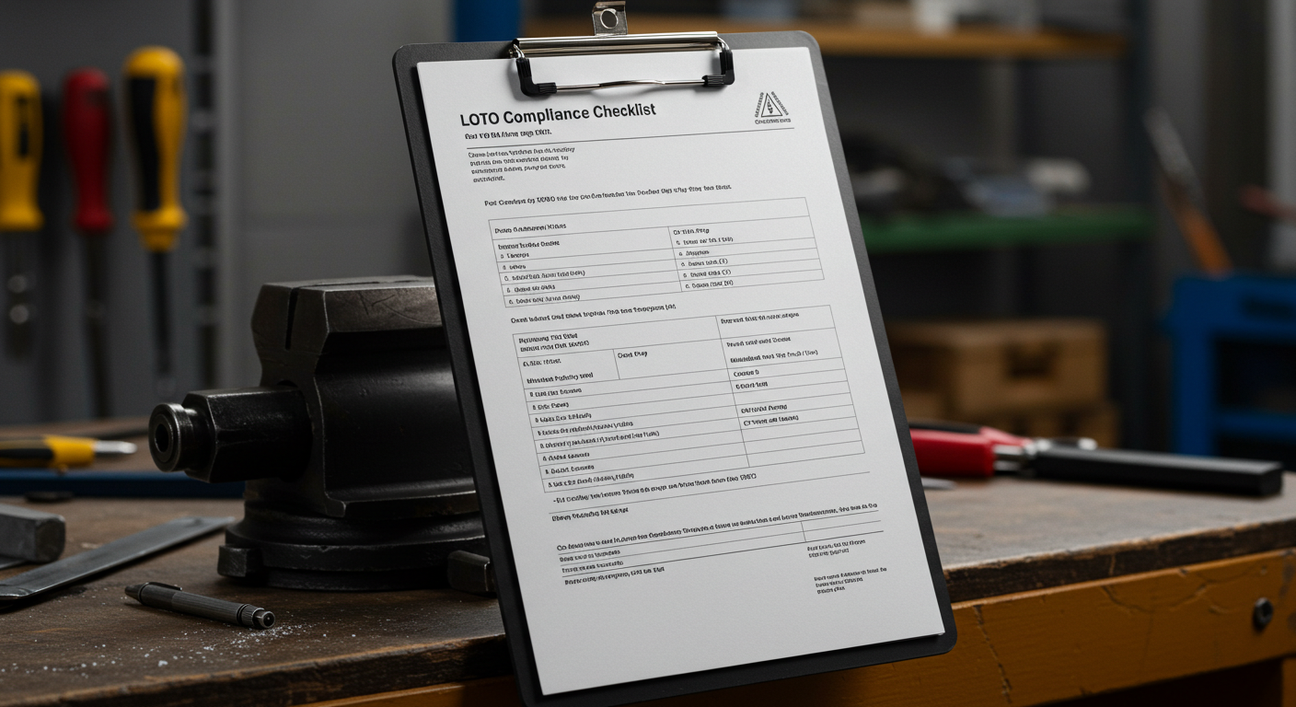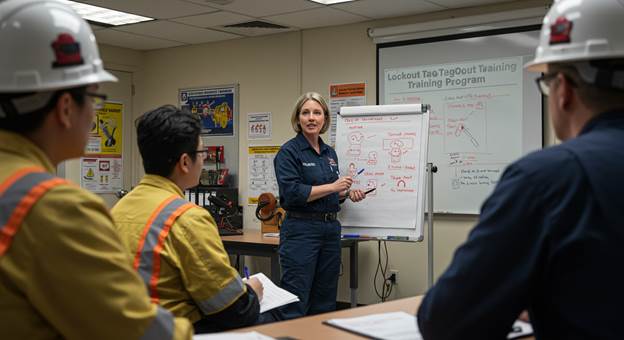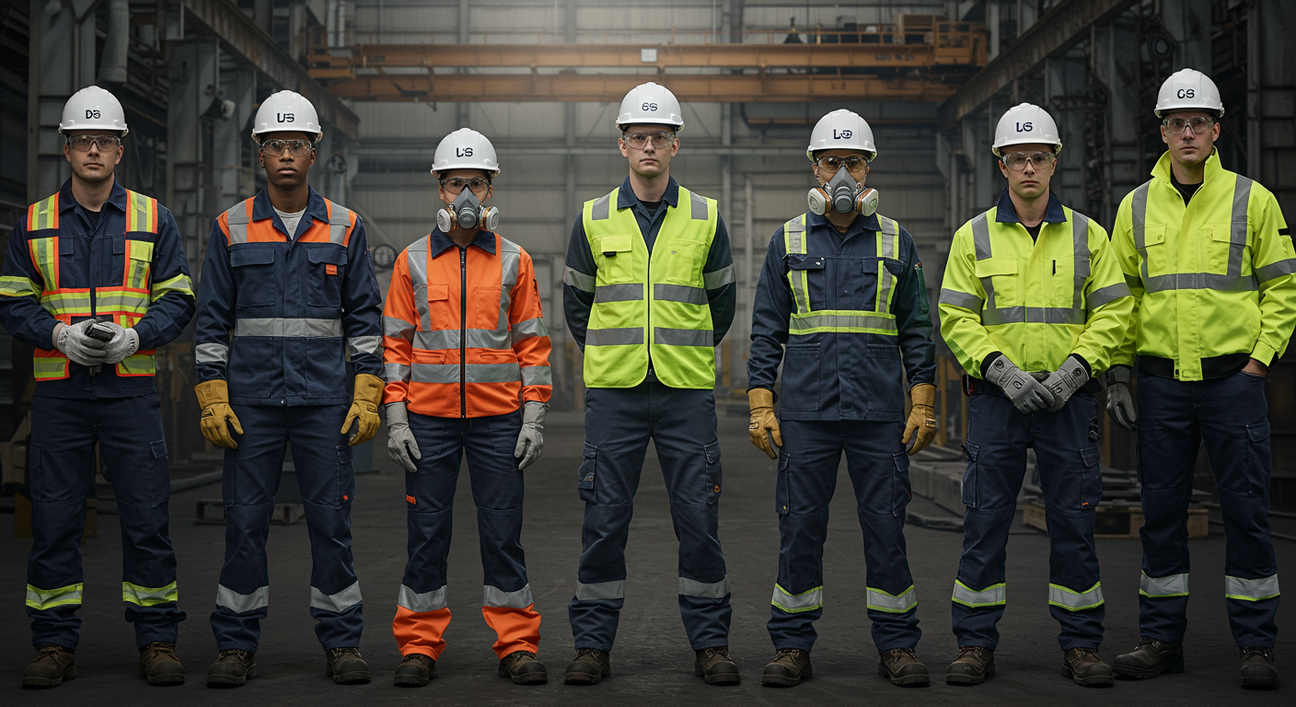10 Creative Ways to Label Your Workplace for Maximum Safety
Safety and organization go hand in hand in any workplace. Using creative ways to label your workplace for safety not only keeps things tidy but also helps prevent accidents and confusion. Labels are more than just stickers — they’re communication tools that guide your team, warn about hazards, and keep operations running smoothly.
At Archford, we understand how smart labeling can transform an industrial space. From industrial labels to customized floor markings, having the right system in place ensures a safer, more efficient, and compliant environment.
Why Labeling Matters in Every Workplace
Every warehouse, factory, or industrial facility relies on clear labeling to communicate safety information quickly. Proper workplace safety labels make sure employees know where to go, what to handle carefully, and how to follow correct procedures.
In Australia, safety labeling also supports compliance with national standards, helping businesses meet WHS requirements. A simple sign or label can often prevent serious accidents and help teams work confidently around machinery or chemicals.
Use Color-Coded Industrial Labels for Quick Identification

Color-coding is one of the simplest yet most effective labeling ideas. It helps workers recognize hazards or instructions instantly.
Red for danger or fire equipment
Yellow for caution or potential hazards
Green for safety or first aid areas
Using industrial labels with color codes makes it easier to maintain visual order in busy environments. This approach not only improves efficiency but also keeps everyone aware of the surroundings without needing long explanations.
Add Clear and Durable Safety Signs in Key Areas
Safety signs are critical for areas that carry risks — like chemical zones, heavy machinery areas, or emergency exits. Using strong, durable safety signs ensures your message lasts despite dust, moisture, or temperature changes.
At Archford, we provide industrial-grade labels and signs made from vinyl, laminated materials, and other weather-resistant options that are built to last in Australian conditions. Placement also matters — safety signs should always be visible at eye level or where the risk is most present.
Combine Text and Icons for Better Understanding
Not every worker may read English fluently, so combining text and icons makes your workplace safety labels more effective. Symbols such as “no entry,” “wear goggles,” or “flammable material” are instantly understood, reducing the risk of miscommunication.
Choose clear fonts, high-contrast colors, and simple visuals. A good label design communicates essential information within seconds, especially in emergencies.
Create Directional Labels for Warehouse Efficiency
Organized movement is key in warehouses. Use warehouse labeling tips like directional arrows, zone markers, and section labels to guide traffic and prevent congestion.
Labels for loading zones, storage aisles, and dispatch areas keep workflow smooth and minimize the risk of accidents with forklifts or pallet movers. Directional labels also help new employees or visitors navigate the area without confusion.
Label Equipment with Usage and Maintenance Details
Equipment labels serve a dual purpose — they provide instructions and track maintenance schedules. Adding QR codes to industrial labels allows workers to scan and instantly access manuals or service logs.
This kind of smart labeling reduces misuse, keeps machinery in good condition, and enhances workplace safety. Consistent labeling across all tools also helps standardize procedures throughout your facility.
Use Floor Labels to Mark Hazards and Safe Zones
Floor labels are perfect for marking pathways, hazard zones, or no-go areas. When paired with safety signs, they create a complete visual communication system.
Use strong adhesive workplace safety labels that can handle high foot traffic and cleaning routines. For example:
Yellow lines for caution areas
Red boxes for equipment zones
Green paths for safe walkways
These floor markings reduce confusion and support compliance with Australian workplace safety standards.
Introduce Temporary Labels for Ongoing Projects
Projects often change, and so should your labels. Temporary magnetic or removable labels help identify work-in-progress areas or materials that change locations frequently.
Using flexible labeling ideas avoids confusion and prevents permanent markings from cluttering your space. Always remove outdated labels promptly to maintain clarity and prevent labeling errors that could lead to safety incidents.
Make Labels Part of Safety Training
Even the best labels are useless if people ignore them. Include labeling awareness in your safety training sessions. Teach staff what different symbols, colors, and texts mean — and when to respond.
Making industrial labels part of your training program builds a strong safety culture. Workers will start recognizing signs naturally and act accordingly, minimizing risks across the site.
Use Technology for Smart Labeling
Modern workplaces can benefit from tech-driven labeling ideas. Barcode systems and digital printers make it easier to track items, update information, and ensure accuracy.
Smart labeling systems can also integrate with inventory or safety management software, helping your team manage stock, monitor expiry dates, or track movement in real-time — a big win for safety and organization.
Regularly Review and Update Your Labeling System
Labeling isn’t a one-time job. Over time, labels fade, peel, or become outdated. Schedule regular inspections to replace worn-out workplace safety labels and check if they still meet current safety standards.
Updating labels after a safety audit or layout change keeps your workspace compliant and reduces the risk of confusion.
Conclusion

A well-labeled workplace isn’t just safer — it’s smarter. Every color, word, and icon plays a part in keeping your team informed and confident. By using creative labeling strategies, you improve efficiency, reduce risk, and support compliance.
Archford helps Australian businesses with high-quality industrial labels, safety signs, and warehouse organization tools that make workplaces both safer and more professional.
If you’re ready to improve your labeling system, contact Archford today for expert advice and premium labeling solutions tailored to your workplace.
FAQs
What are the best materials for industrial labels?
Vinyl and laminated materials are ideal since they resist moisture, chemicals.
How often should workplace labels be replaced?
Inspect labels every six months or after layout or safety changes.
Can I customize safety labels for specific machinery?
Yes, Archford offers custom industrial labels designed for different equipment types.
What’s the best color for caution signs?
Yellow is commonly used to indicate caution or potential hazards.
Where can I order quality safety signs in Australia?
You can get durable, high-quality safety signs and labeling products directly from Archford’s online store.


